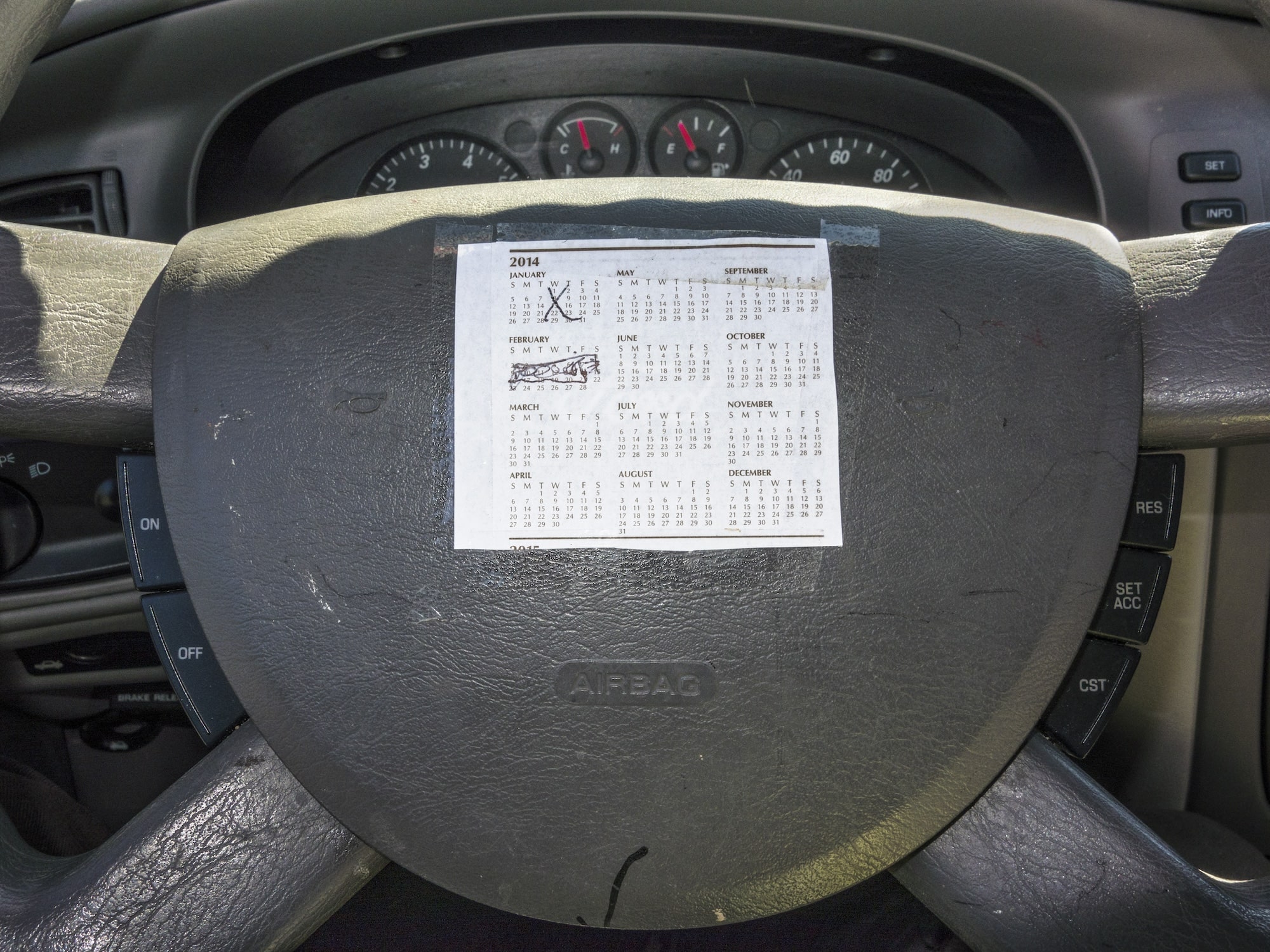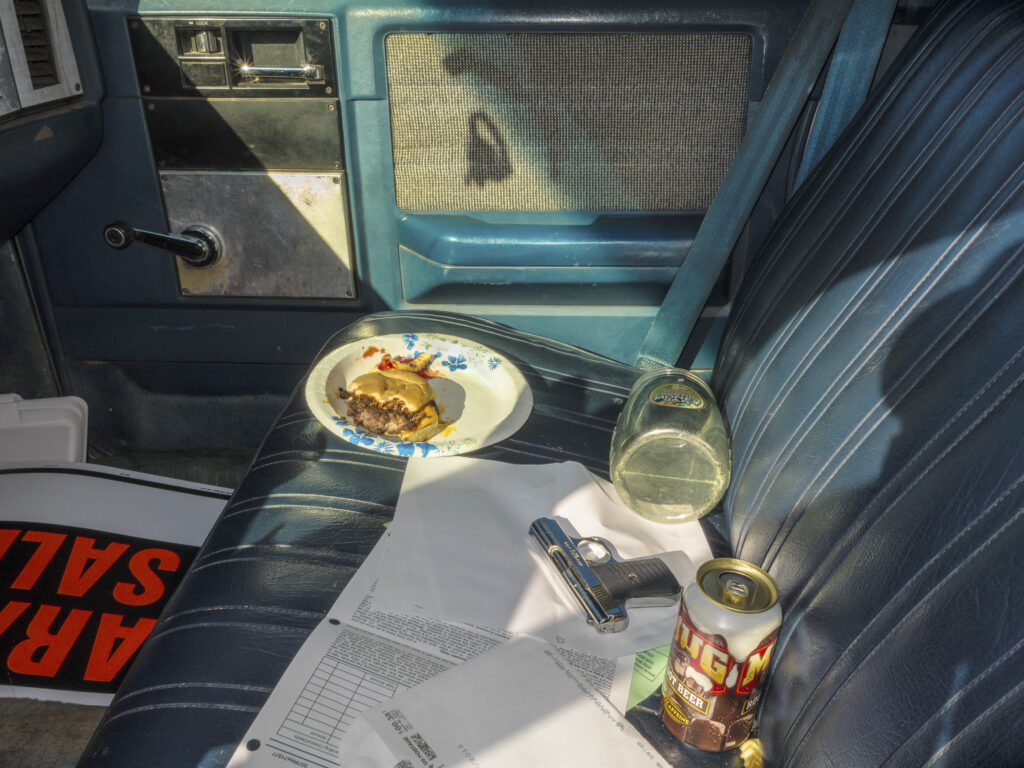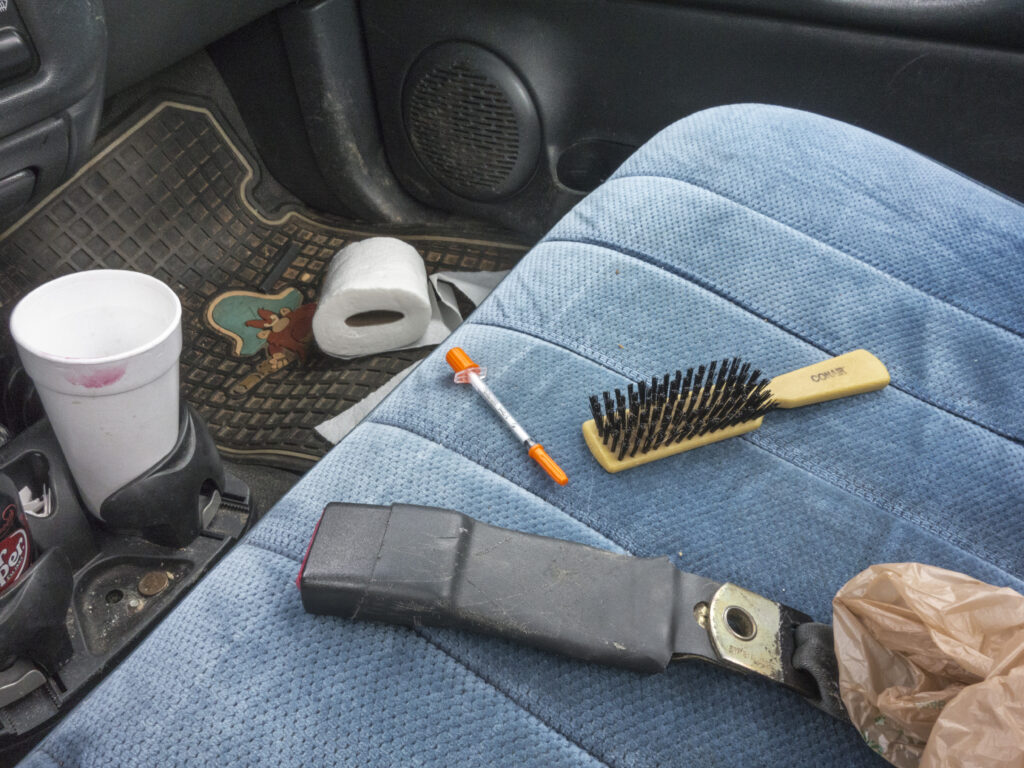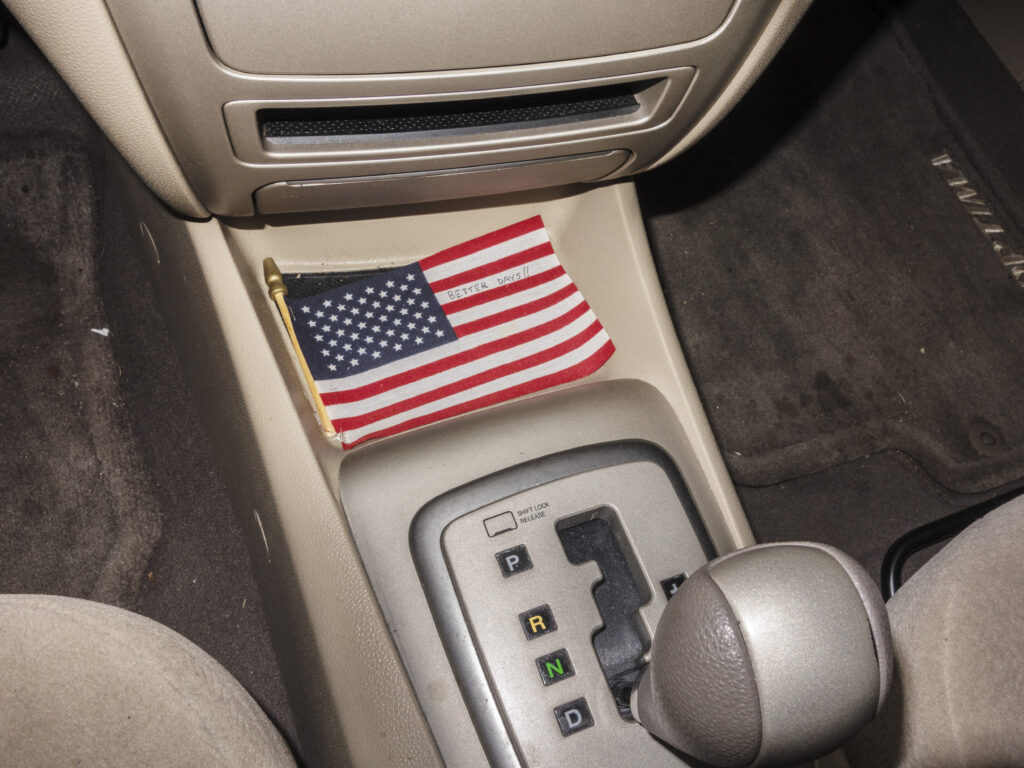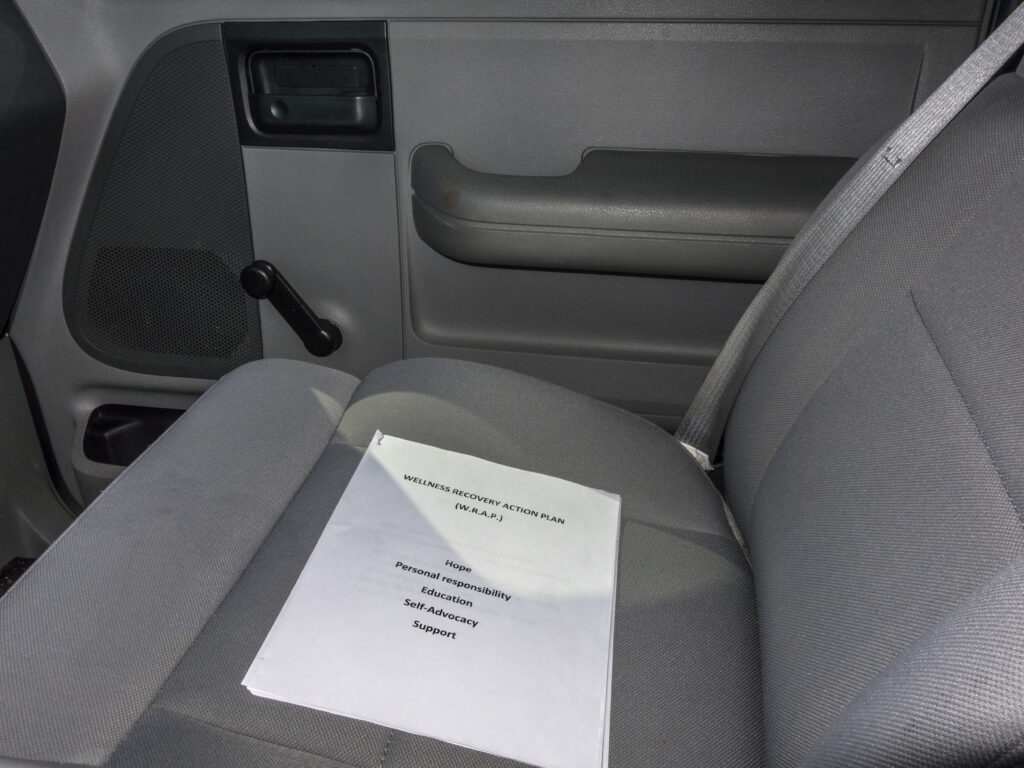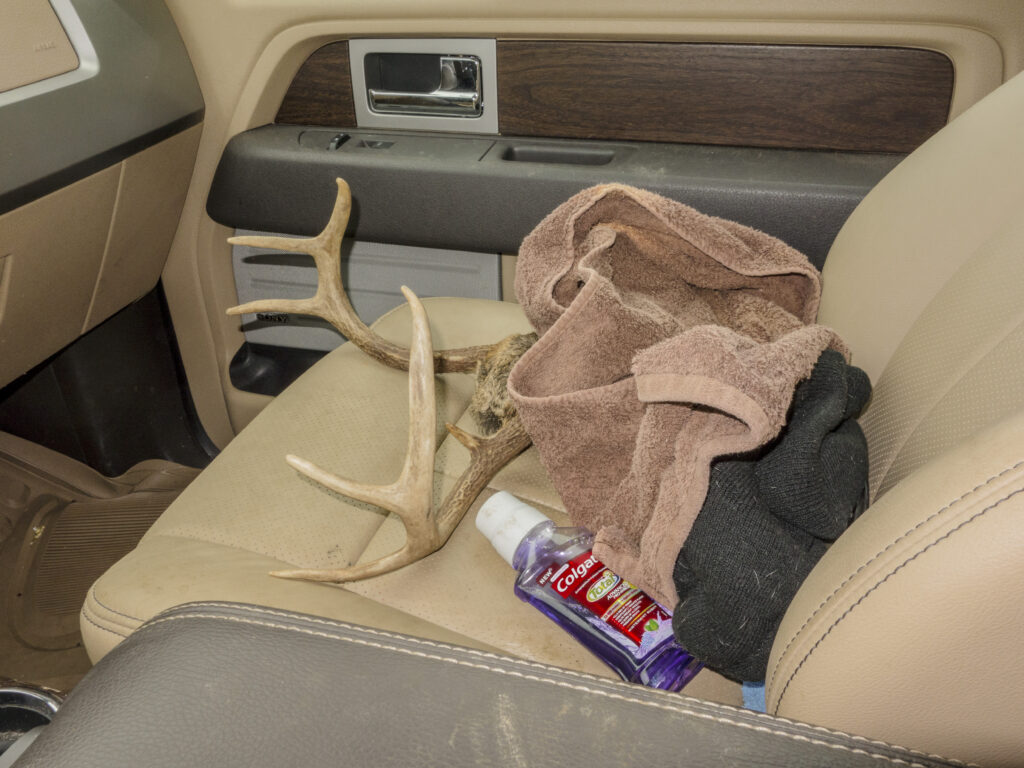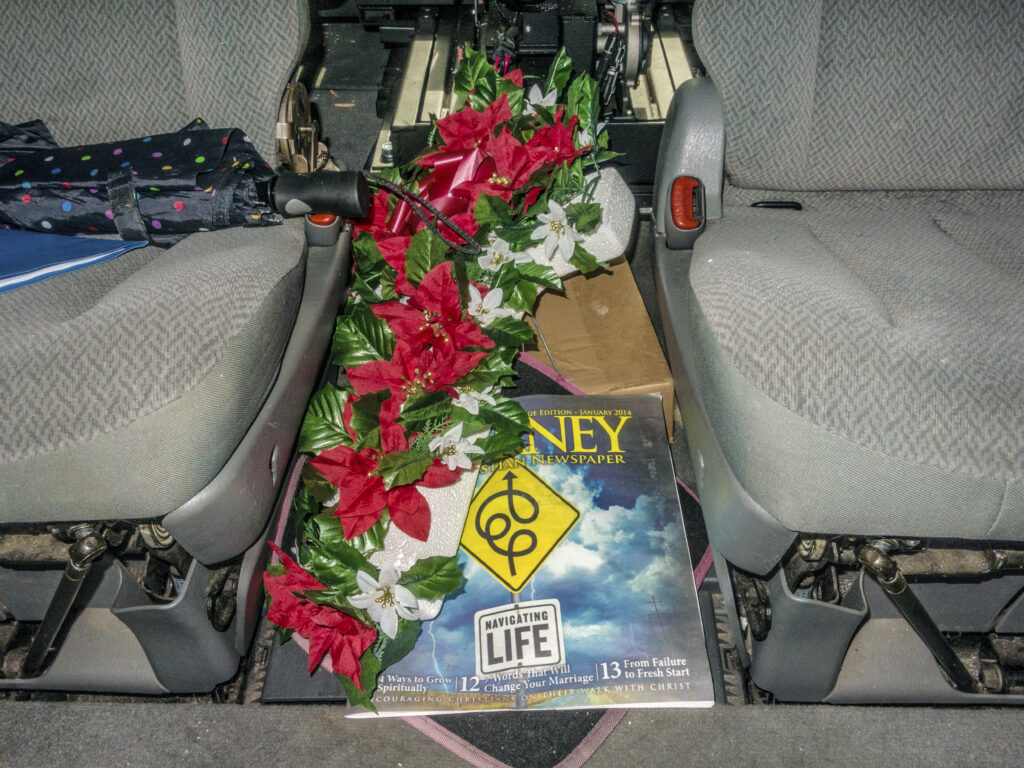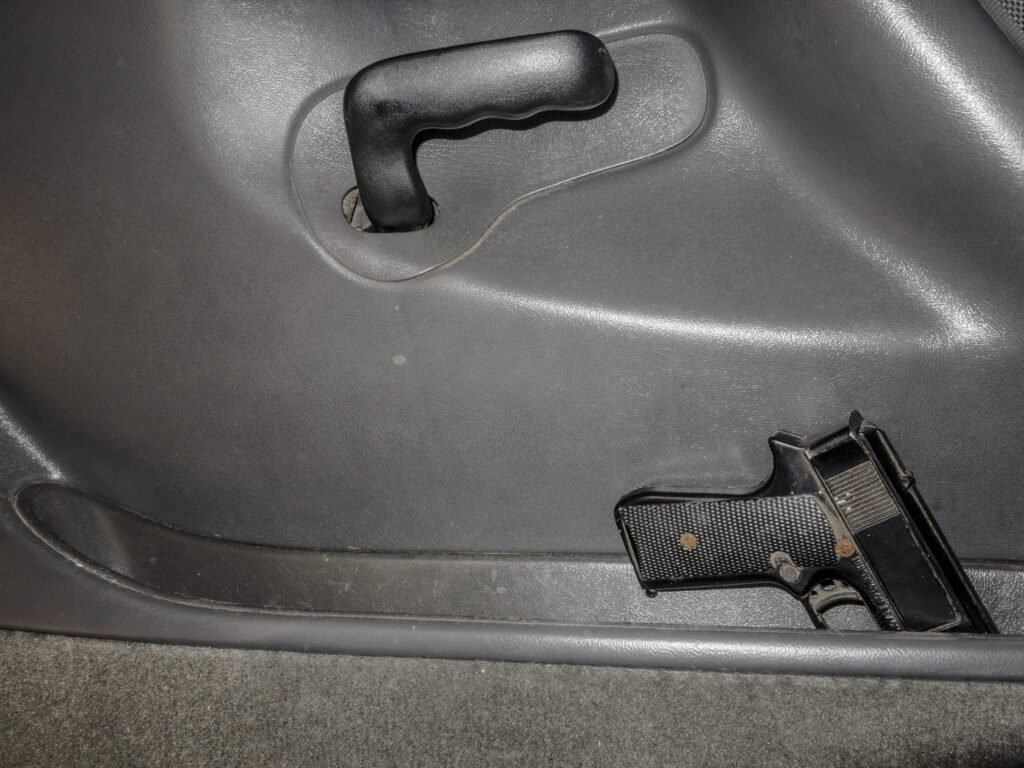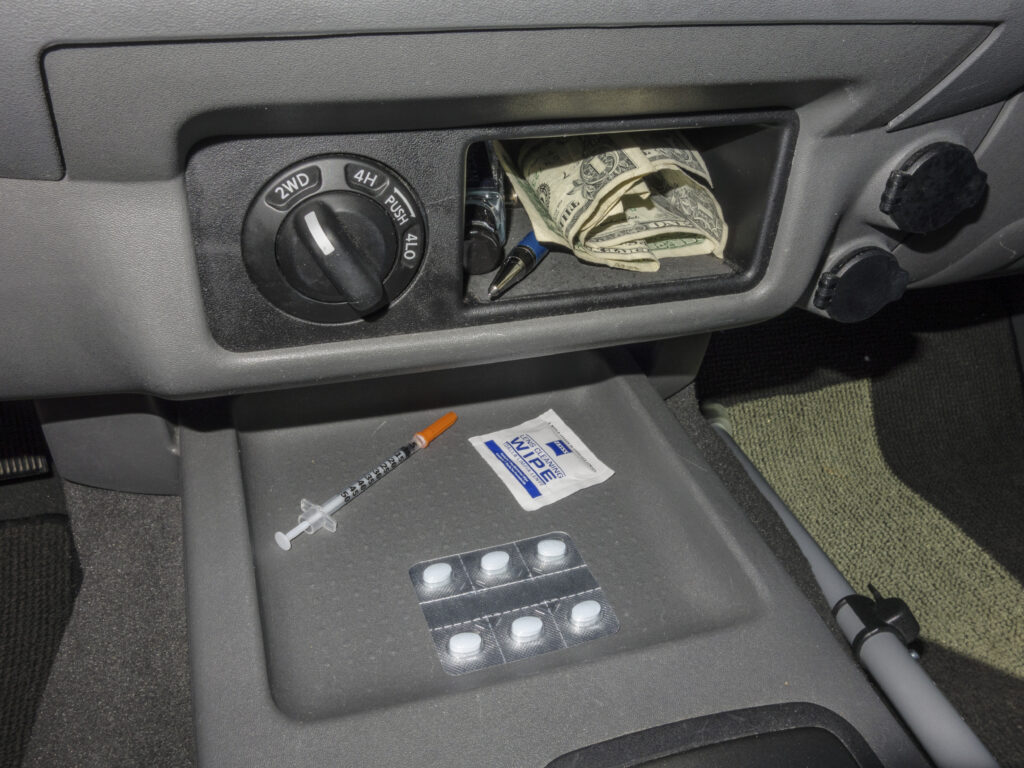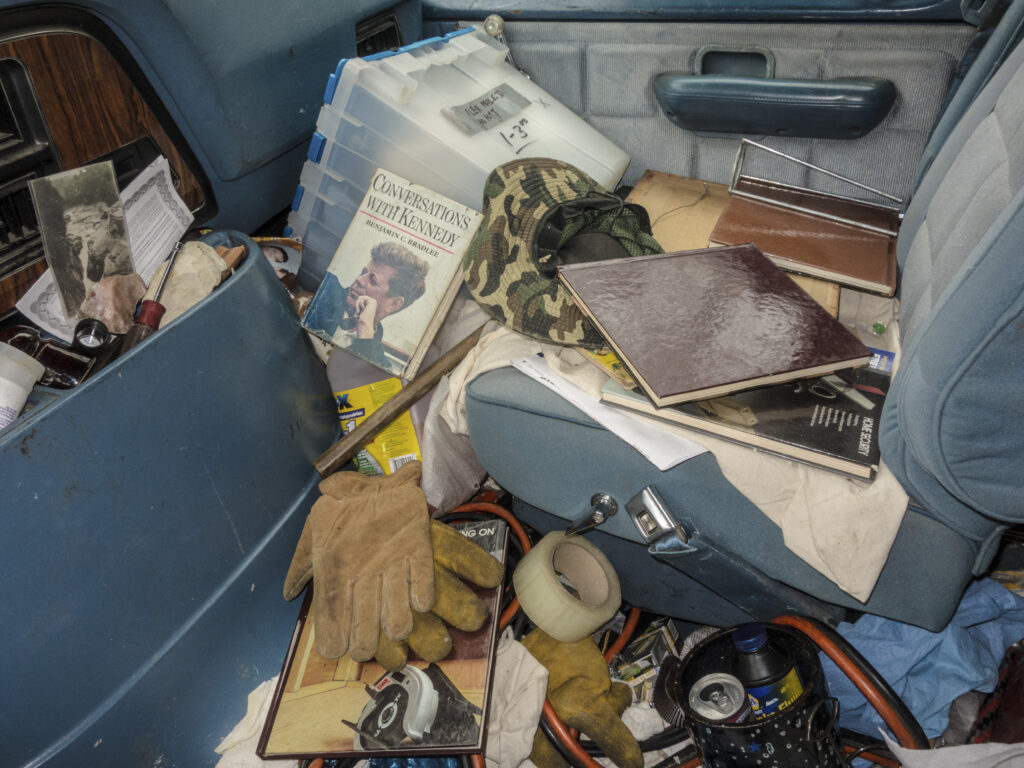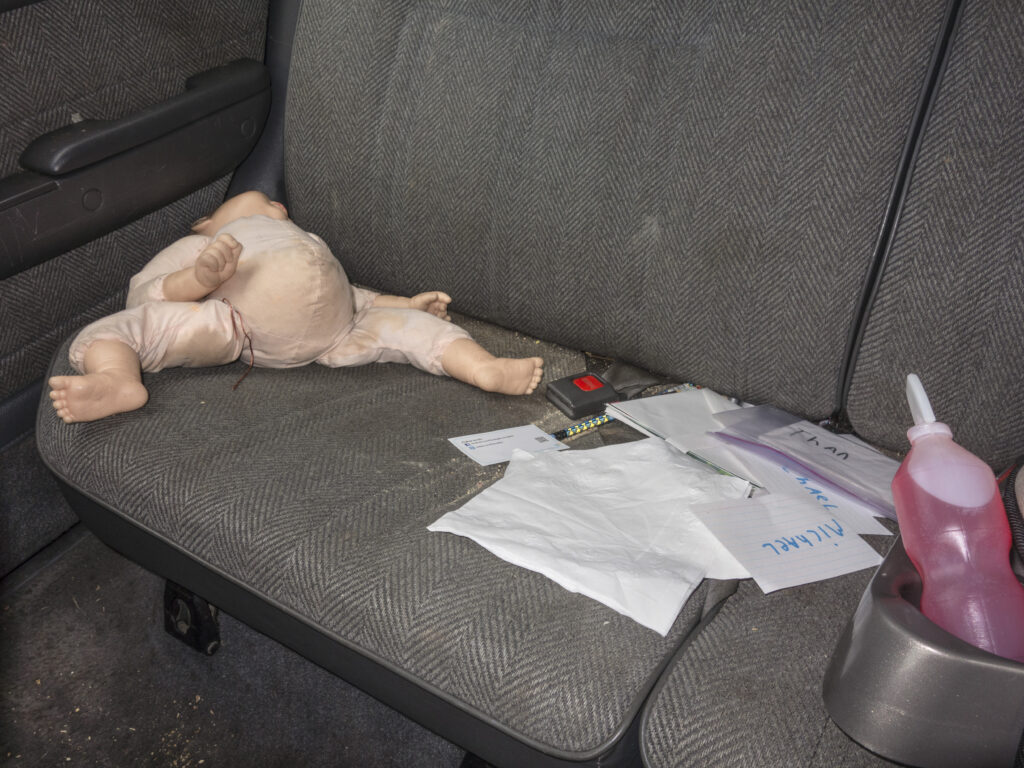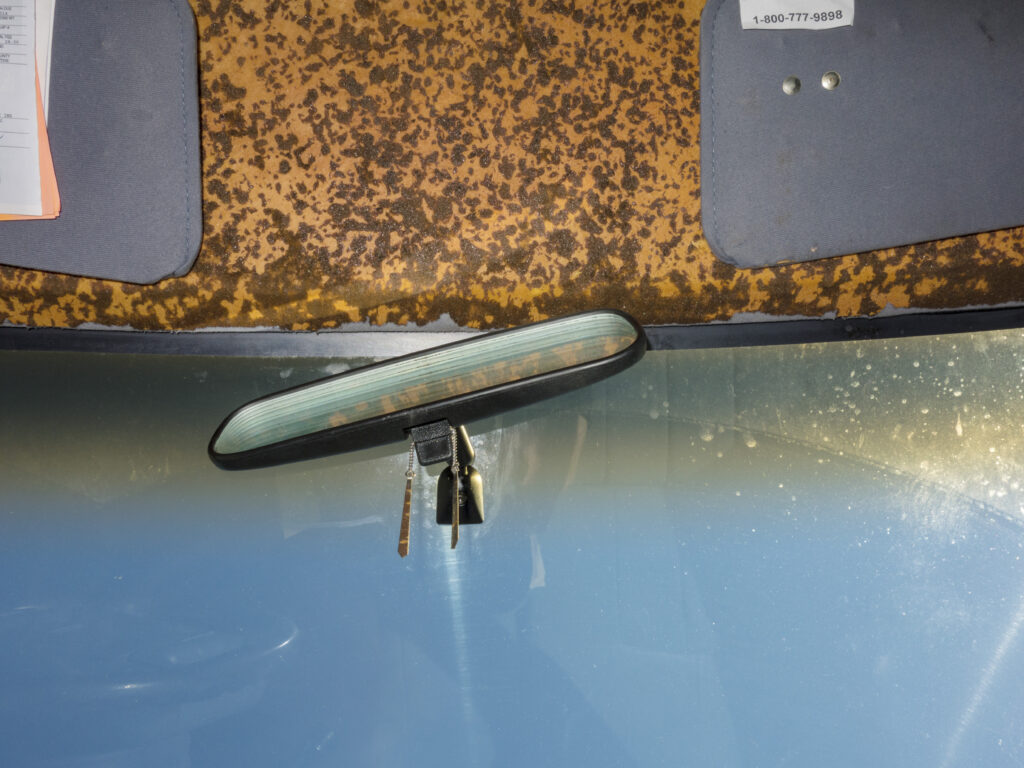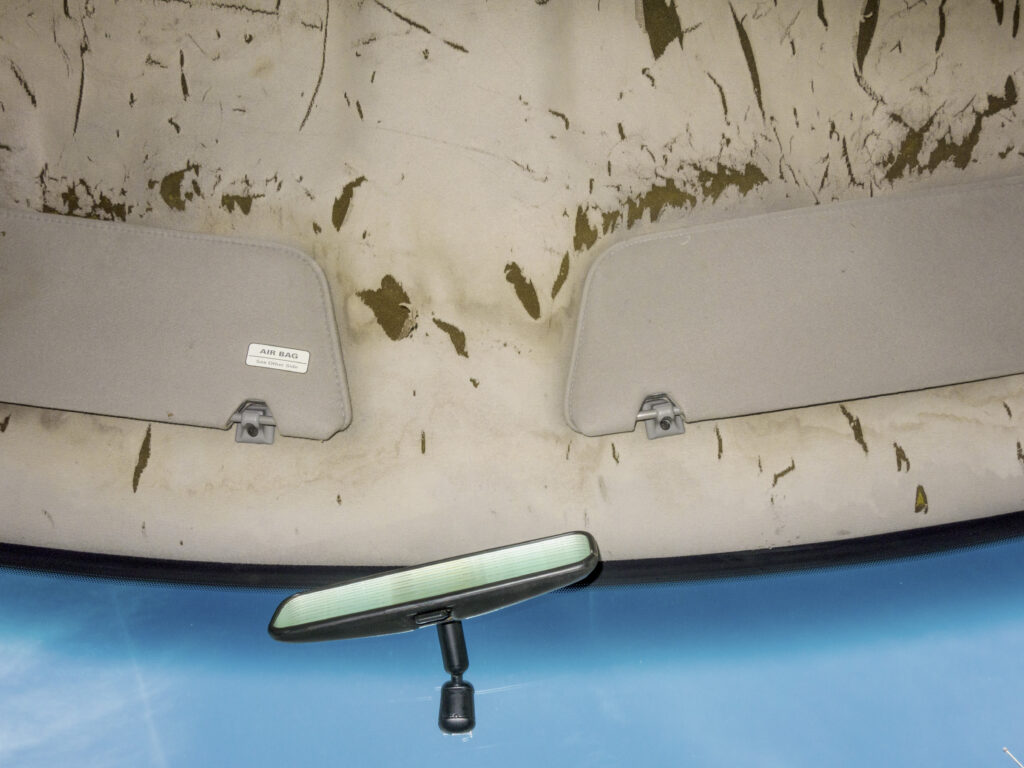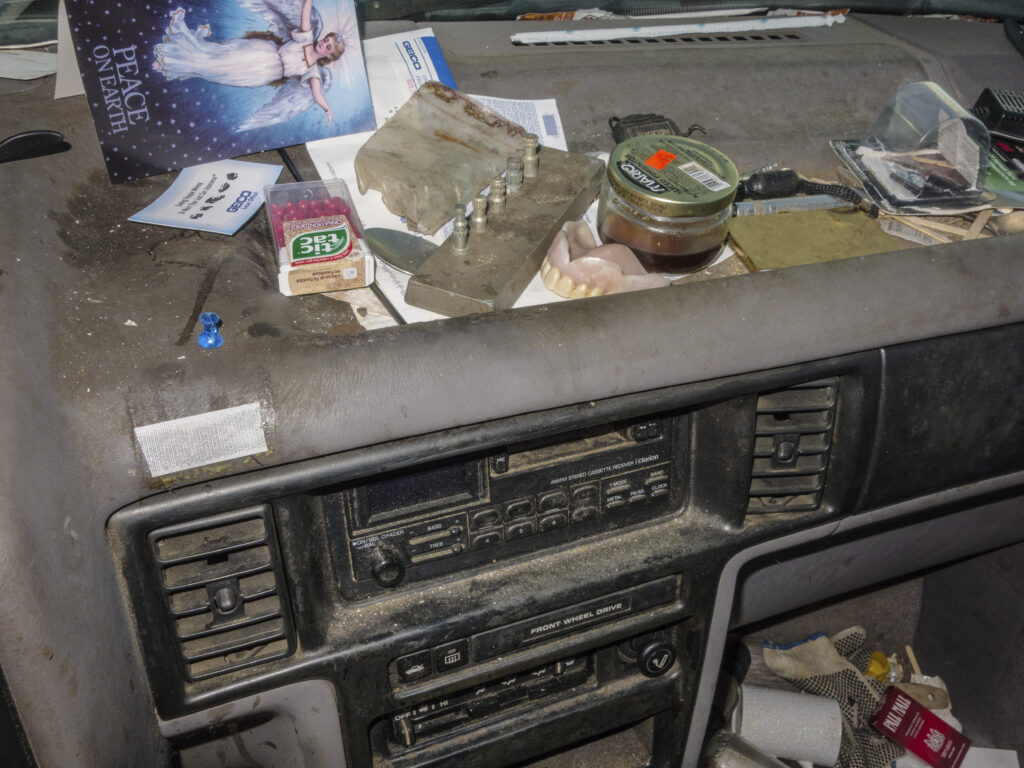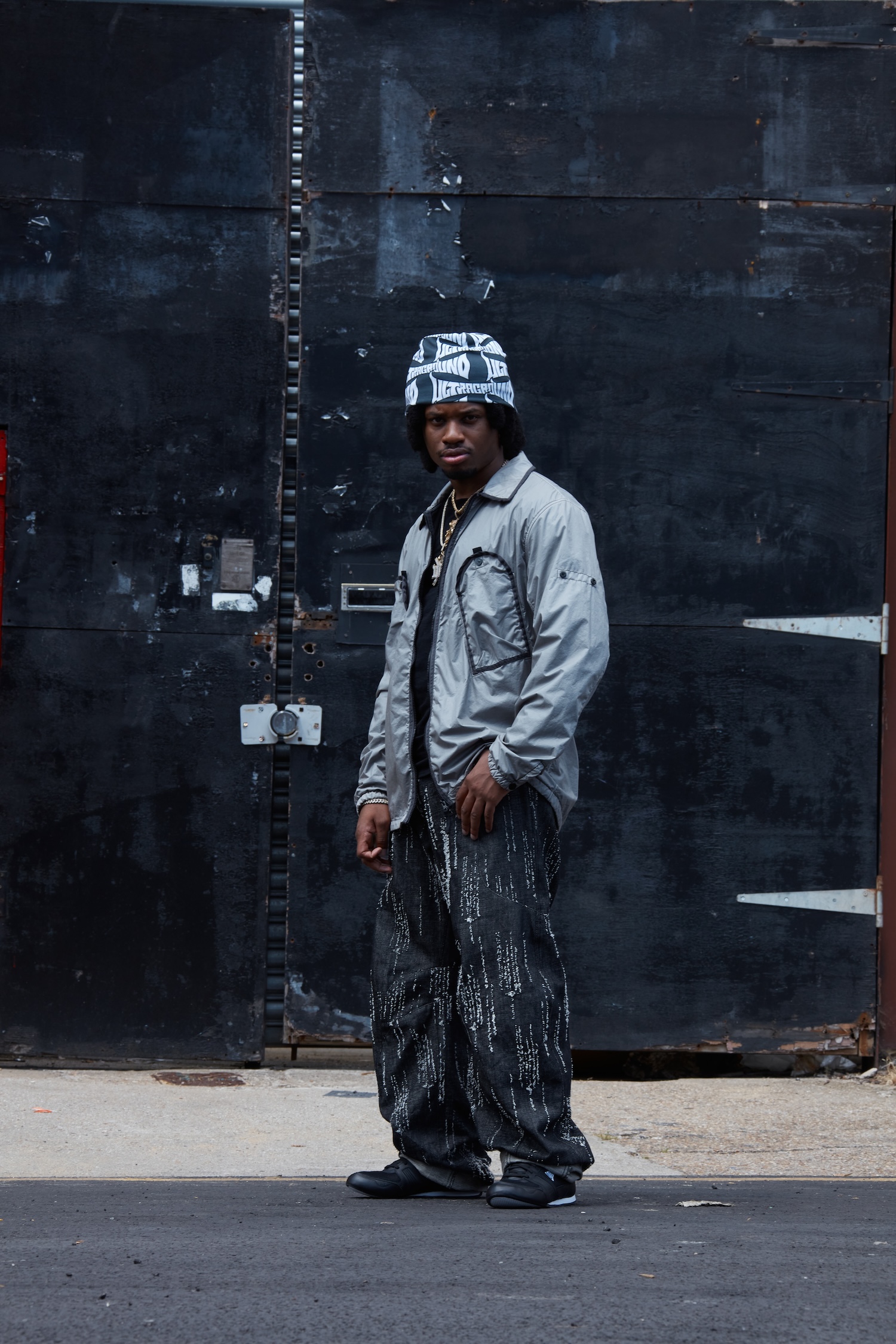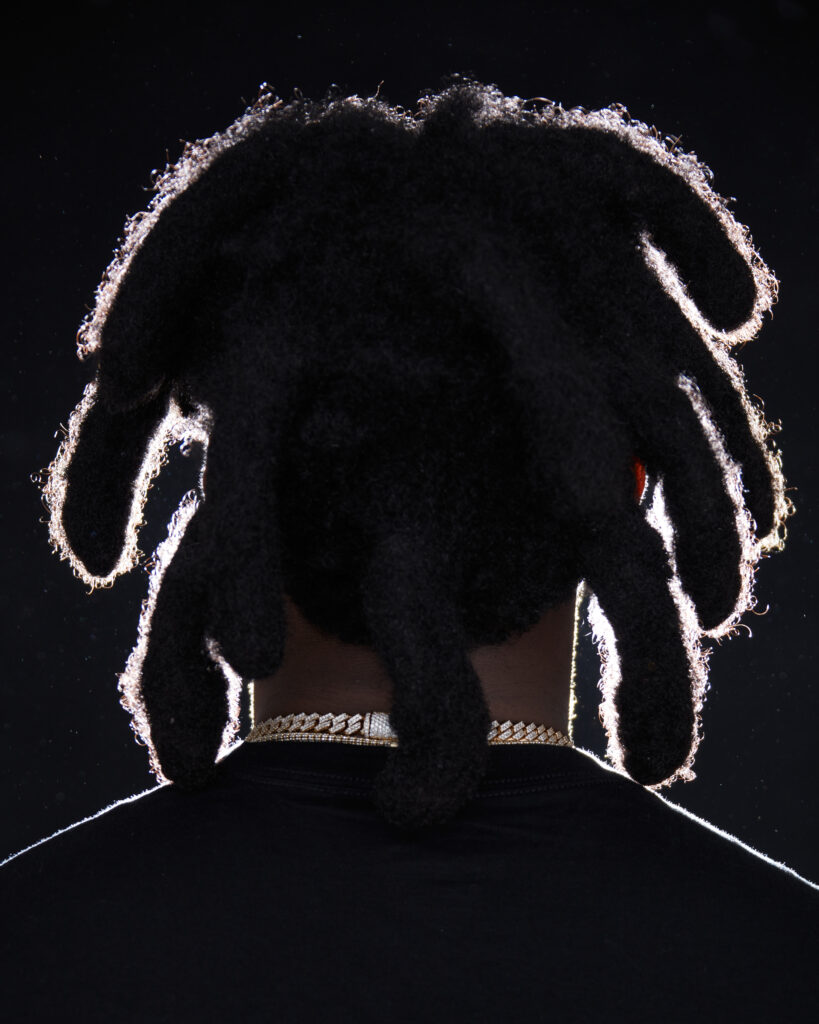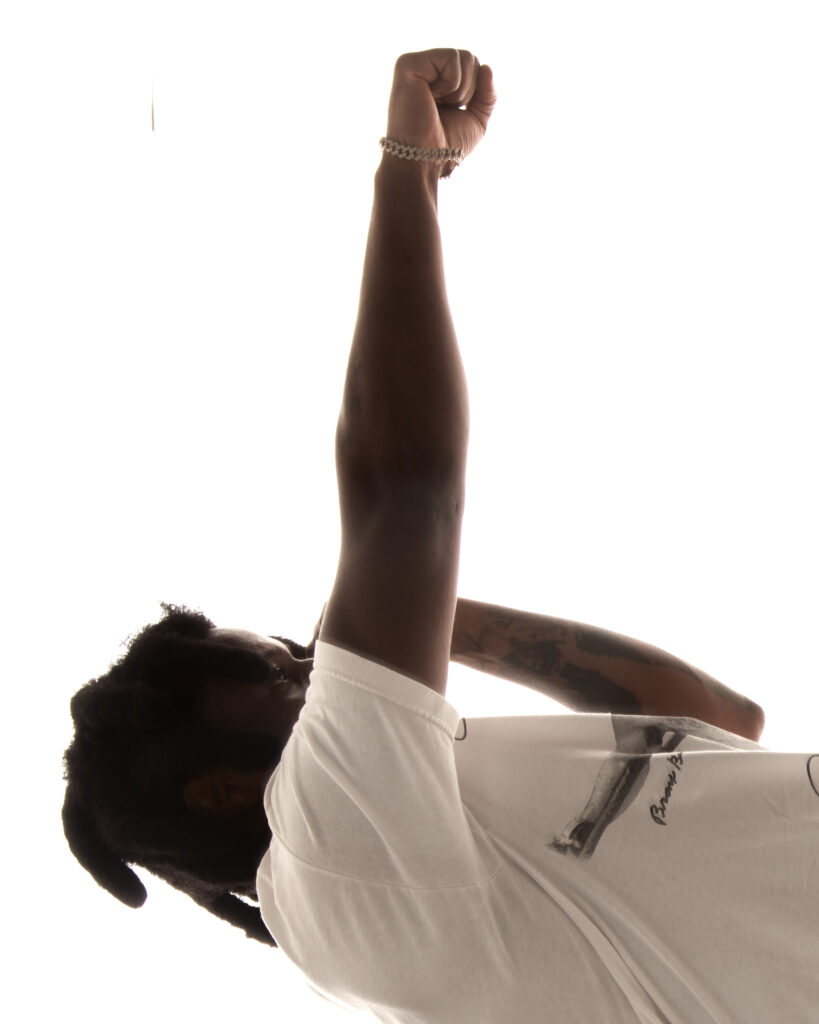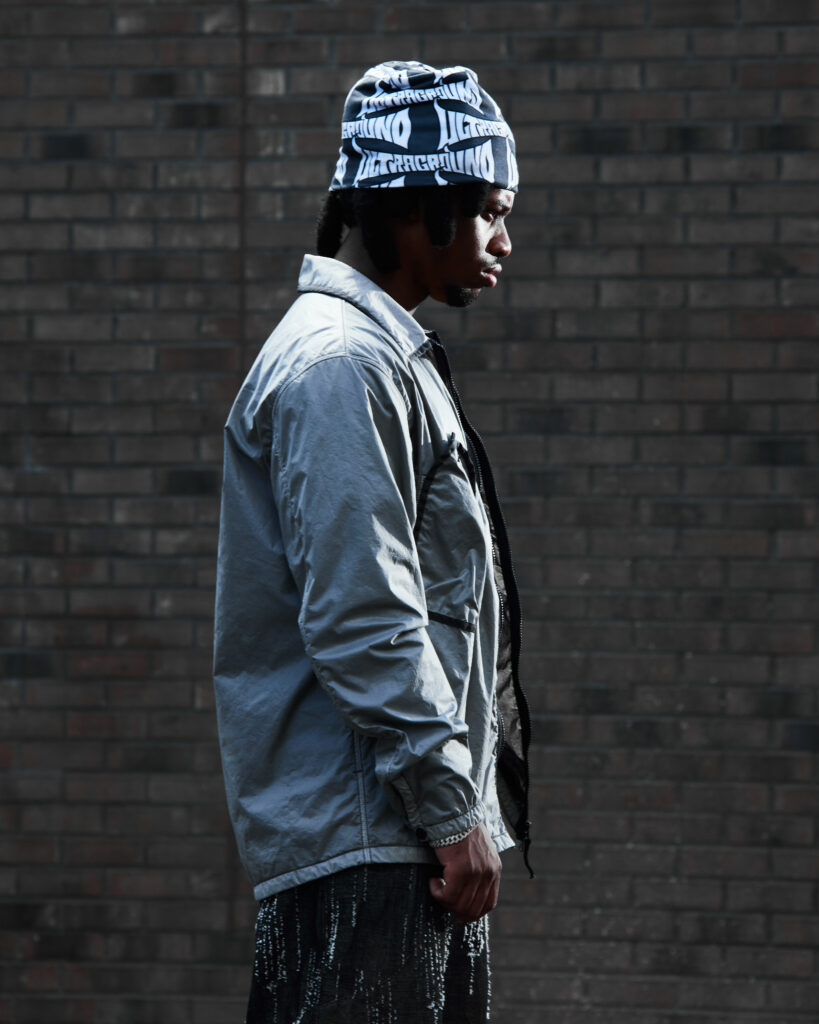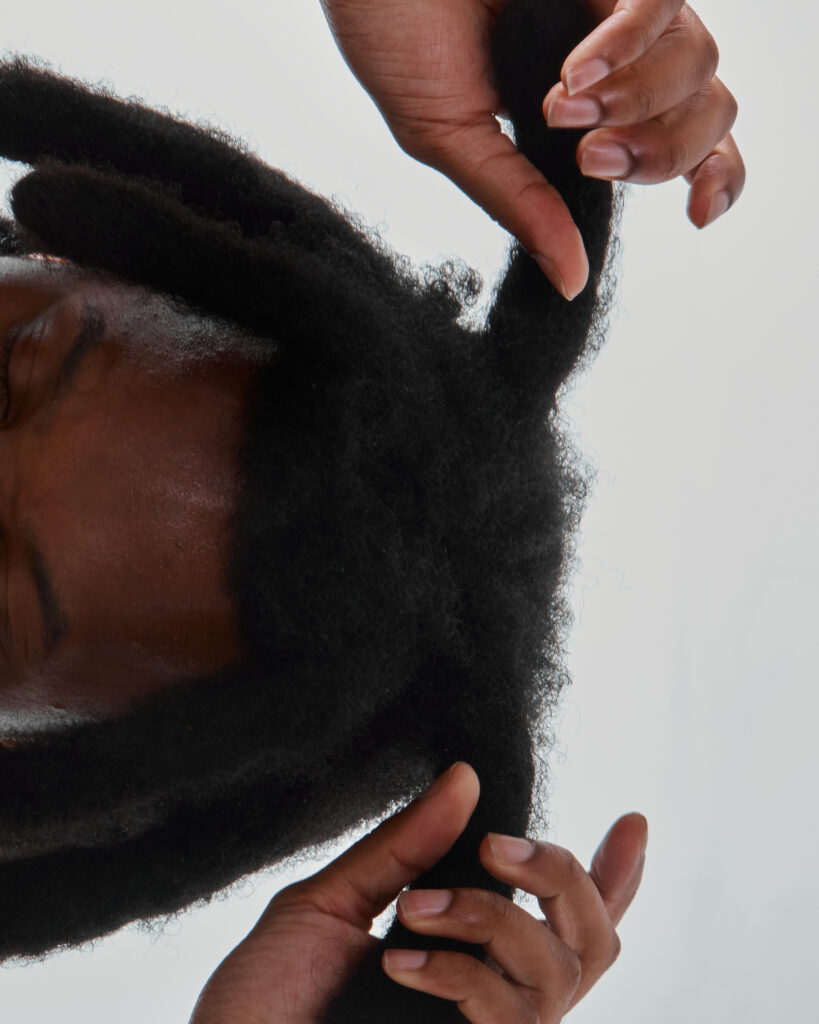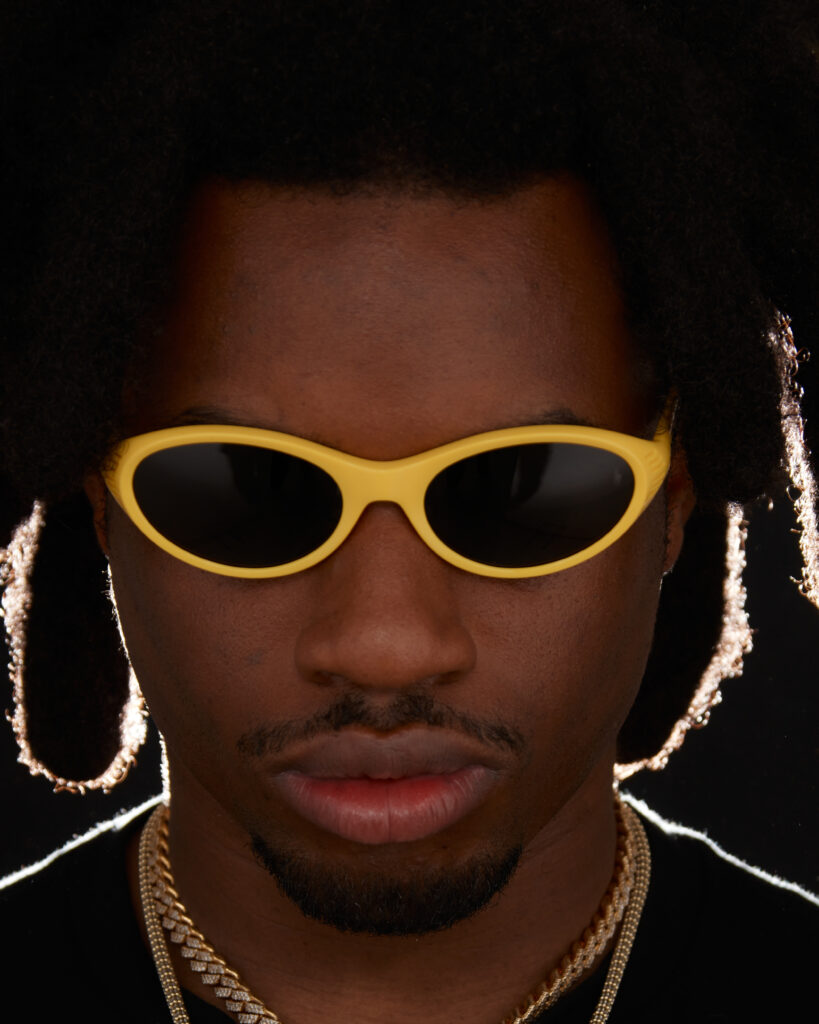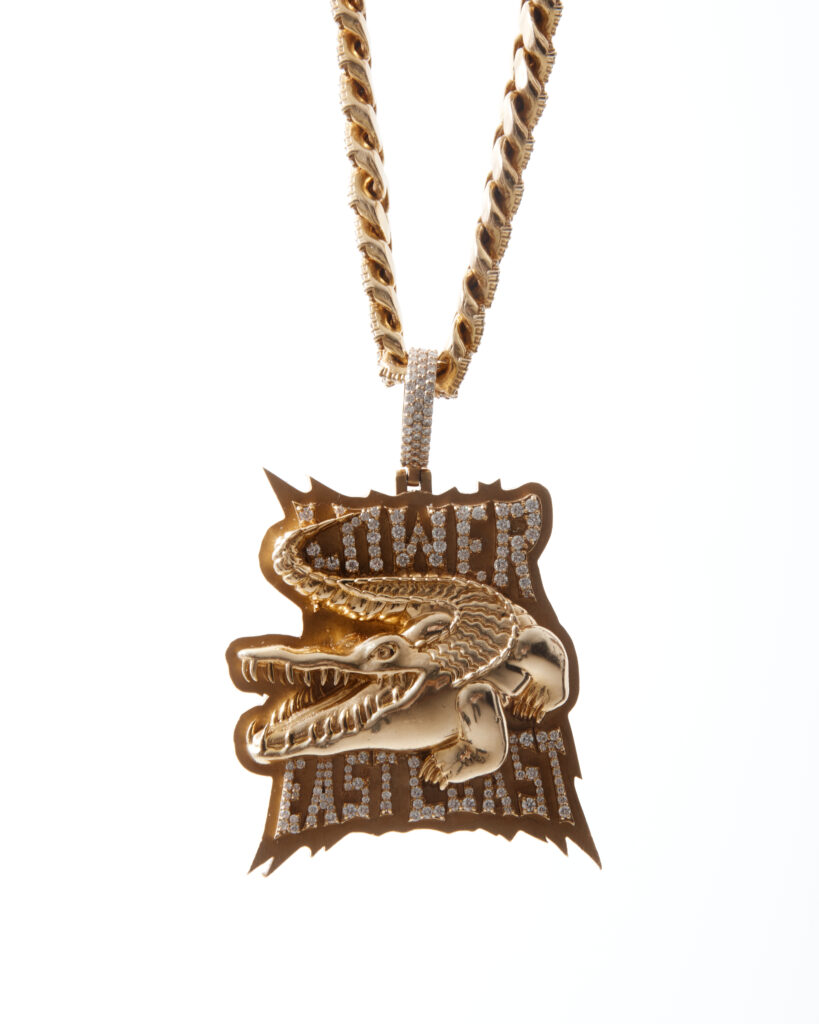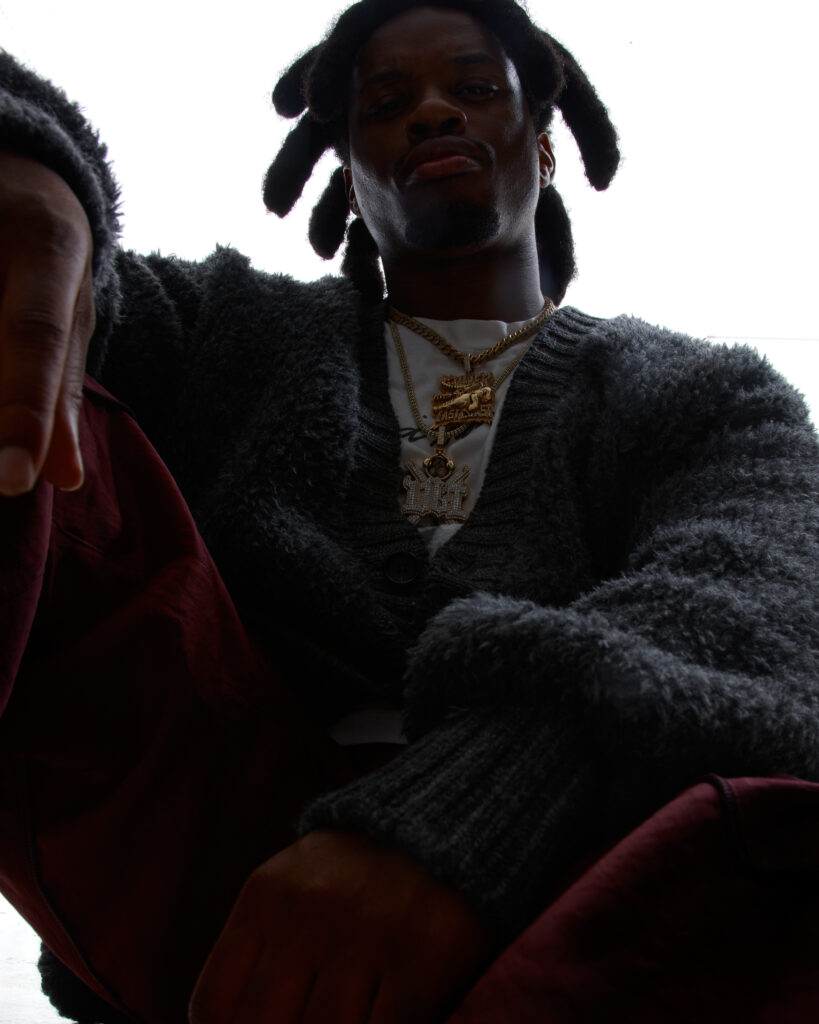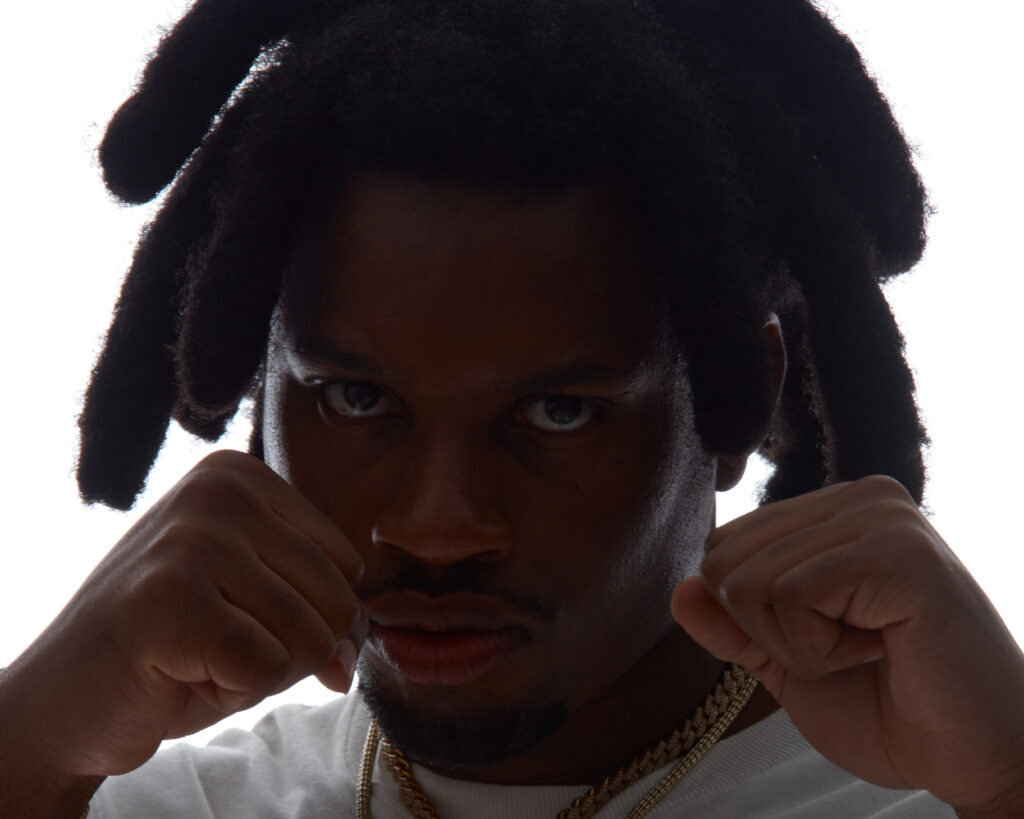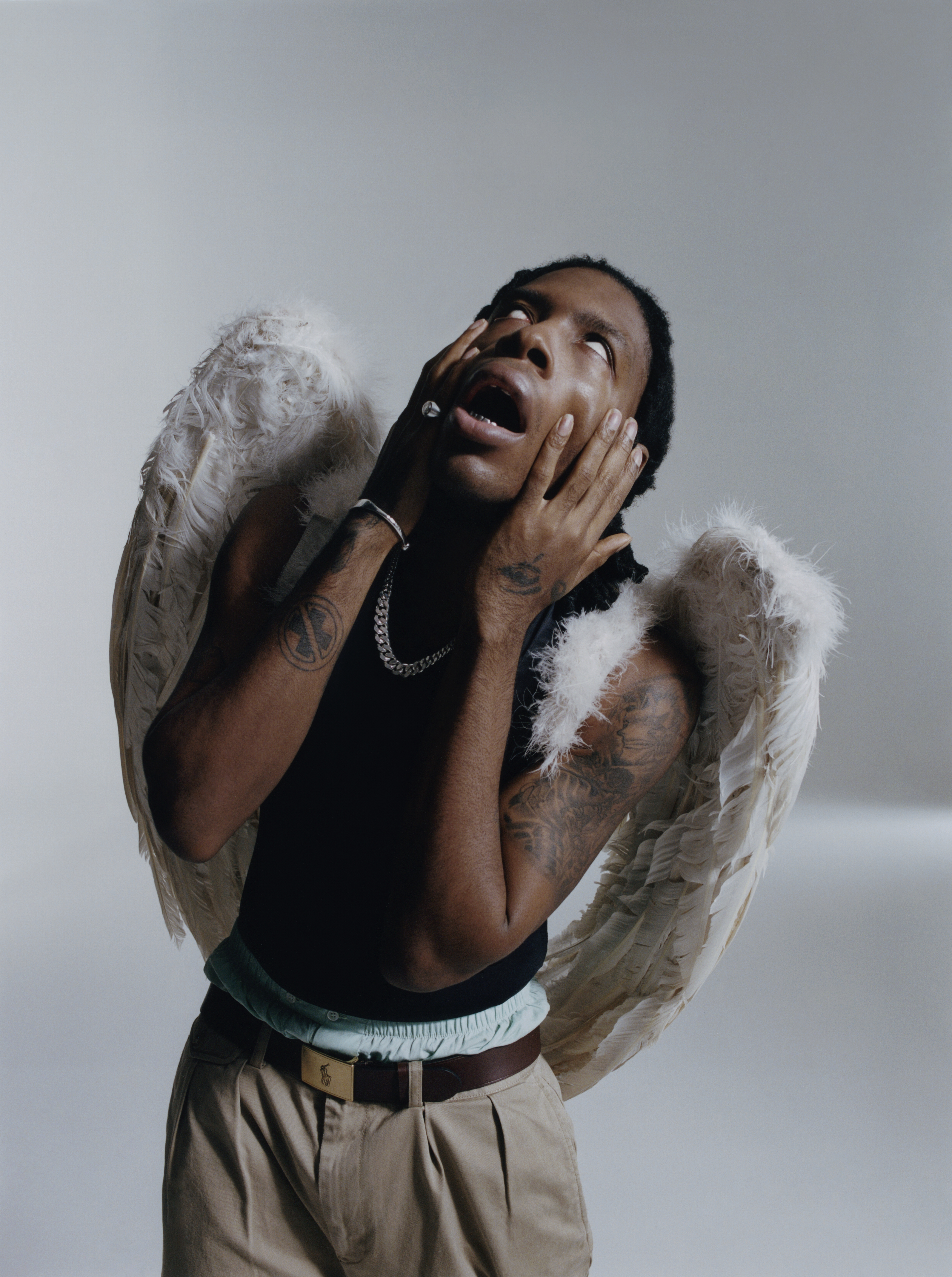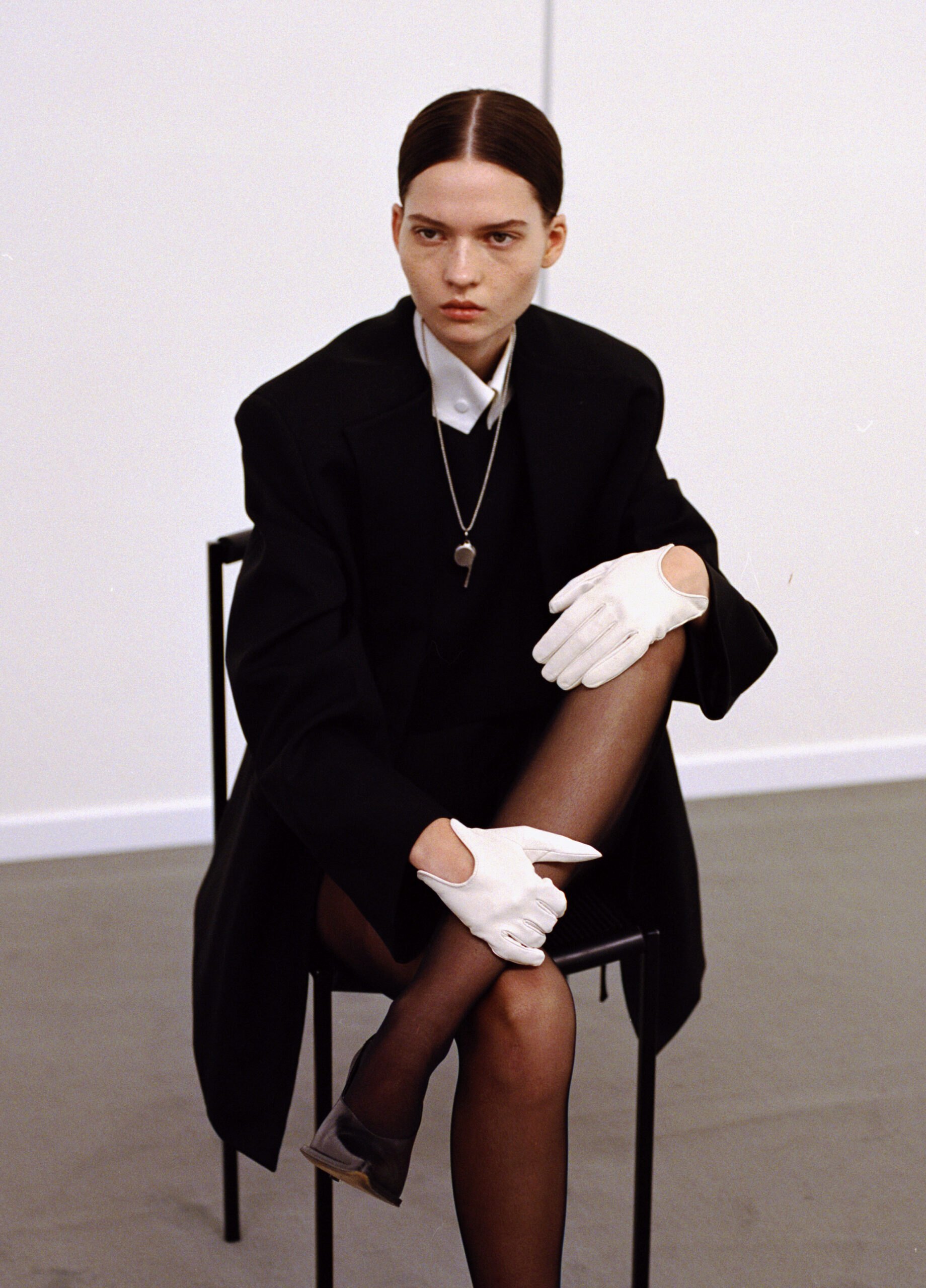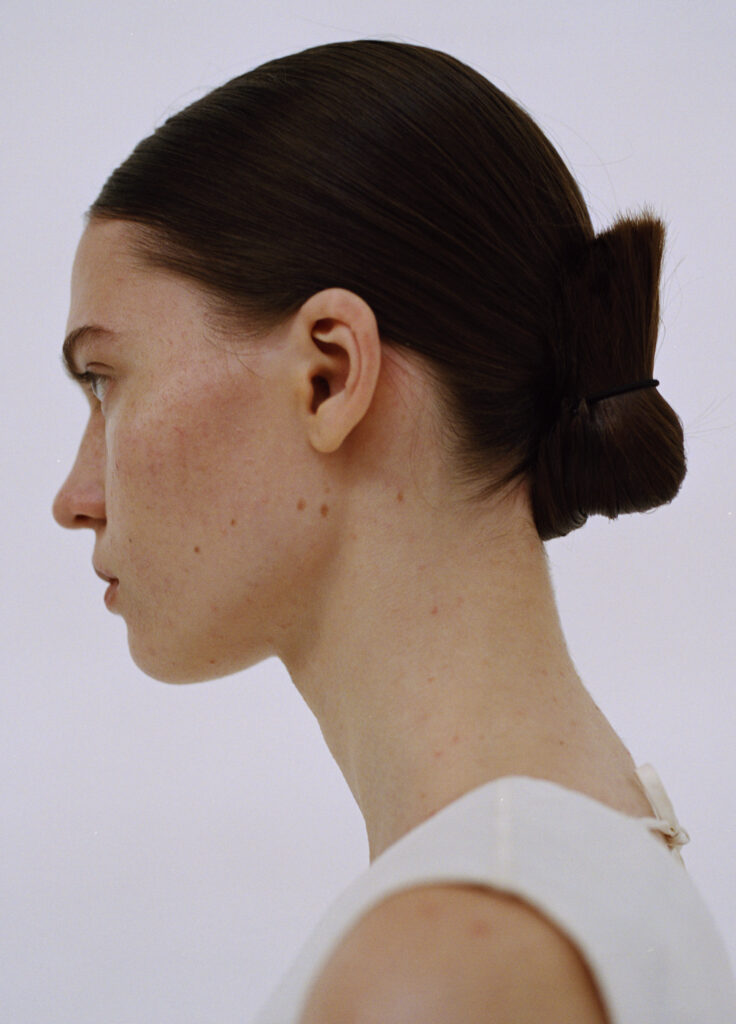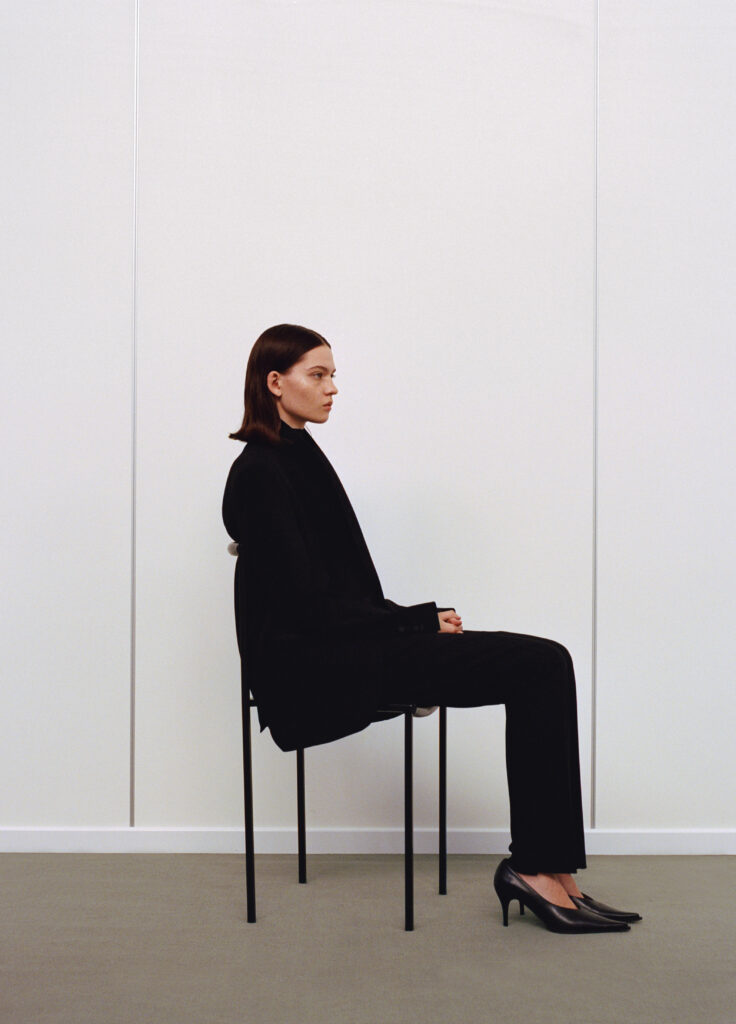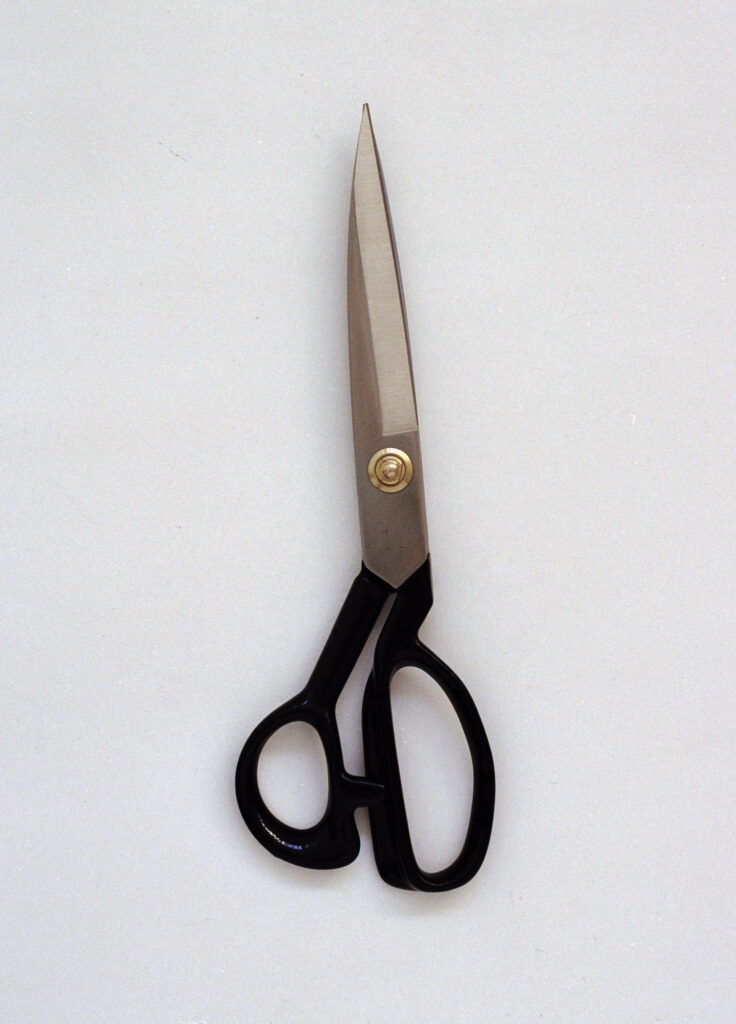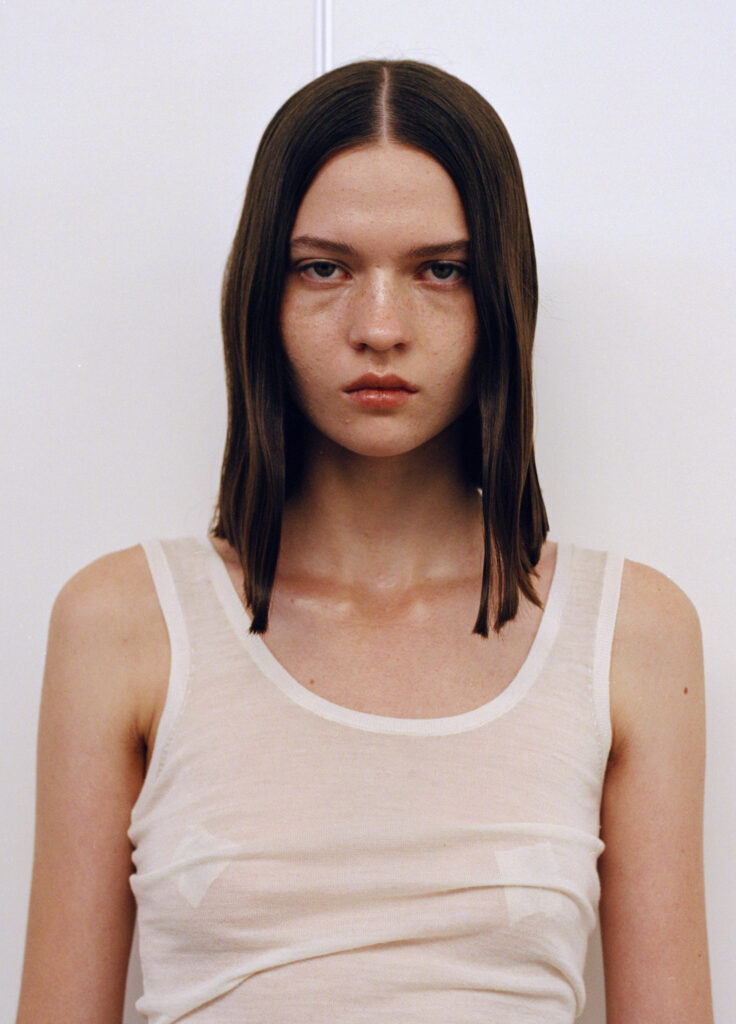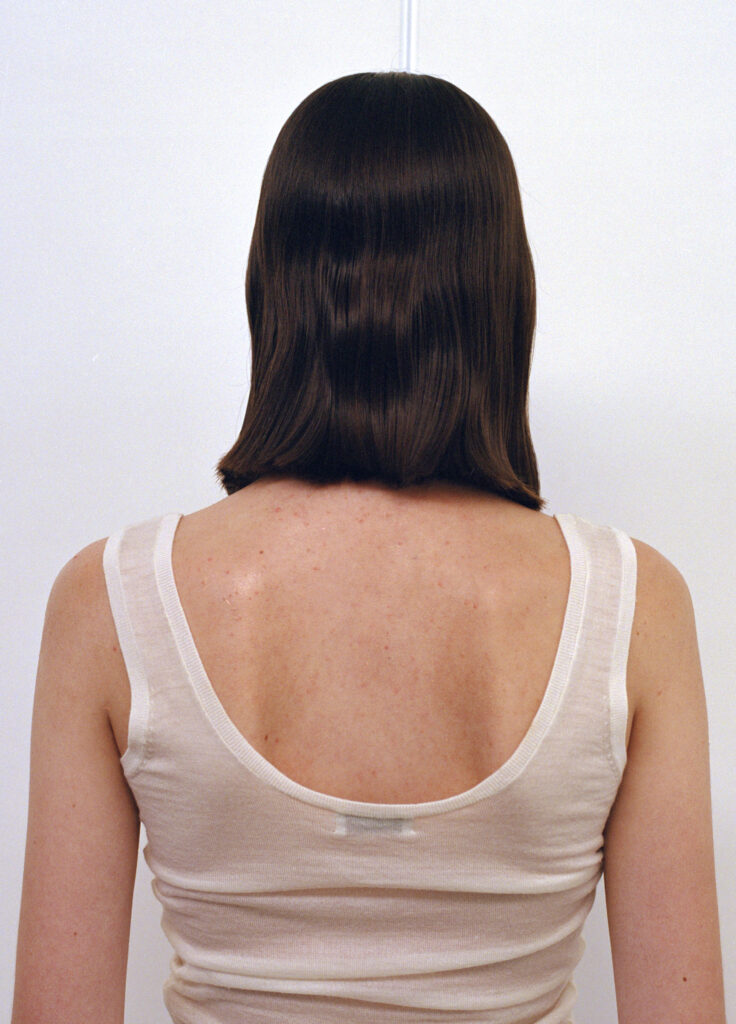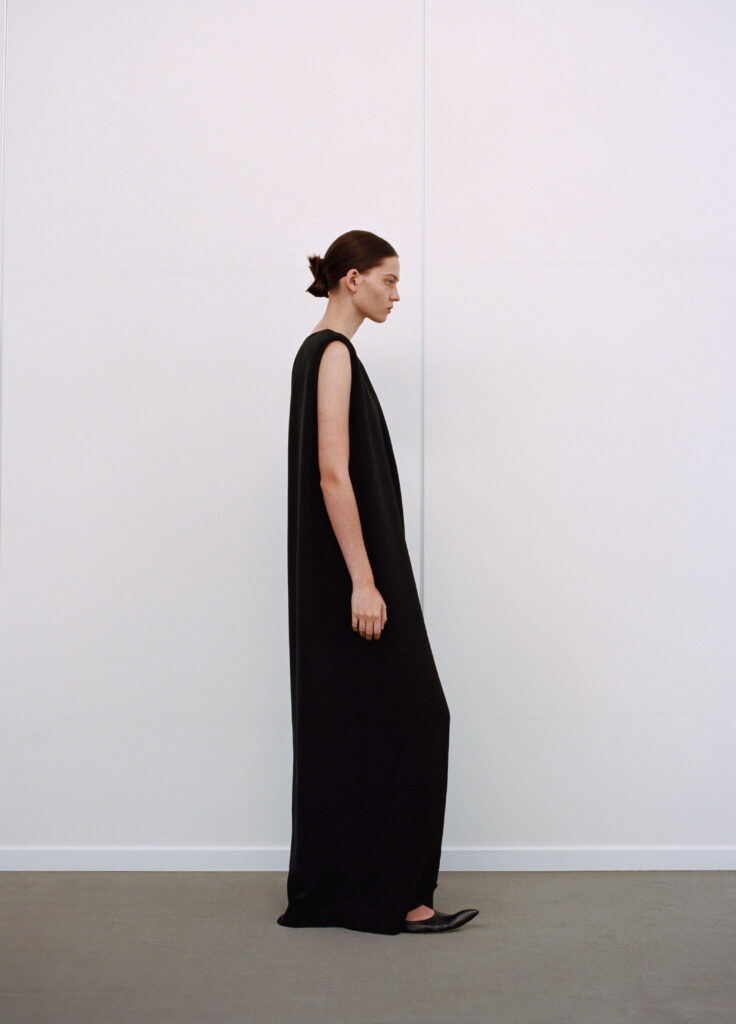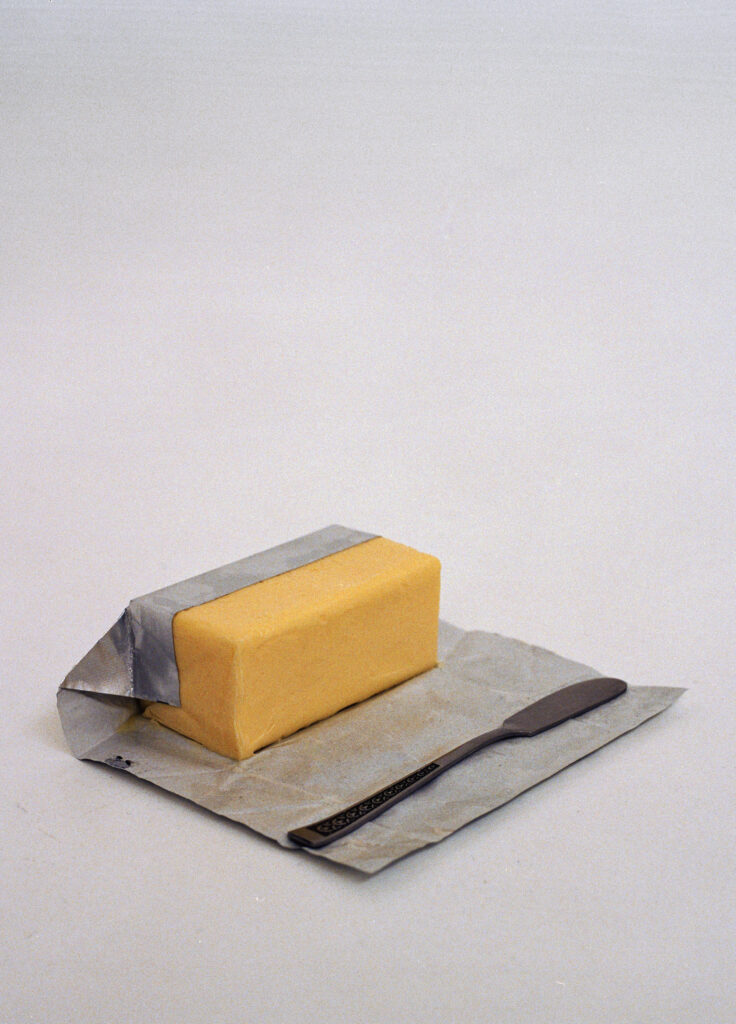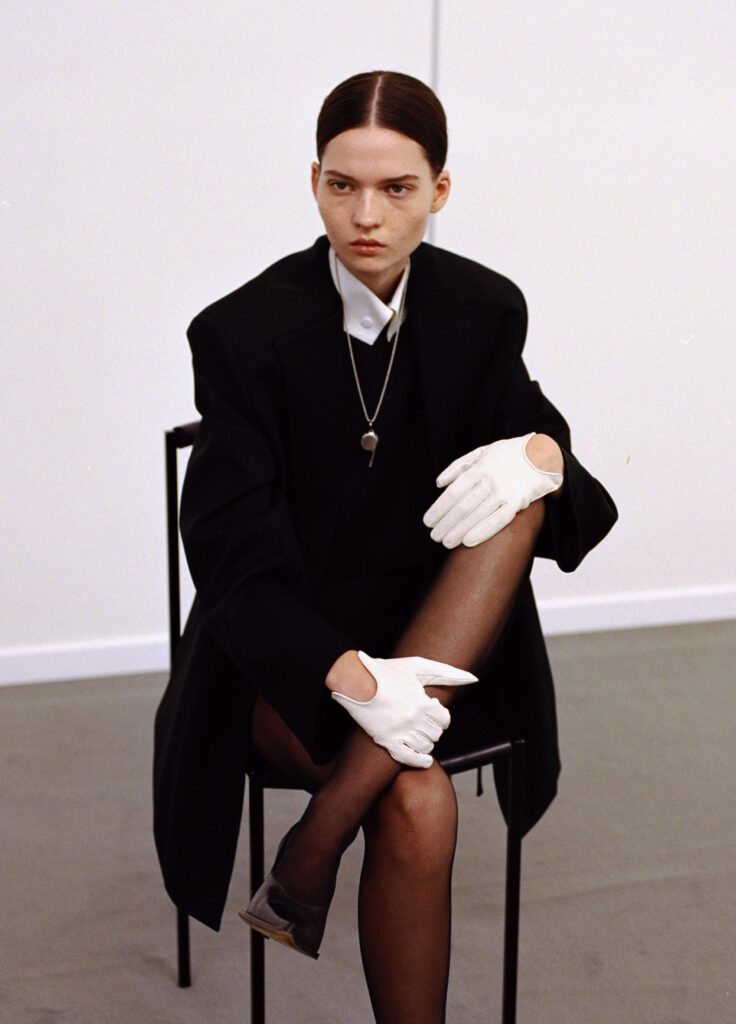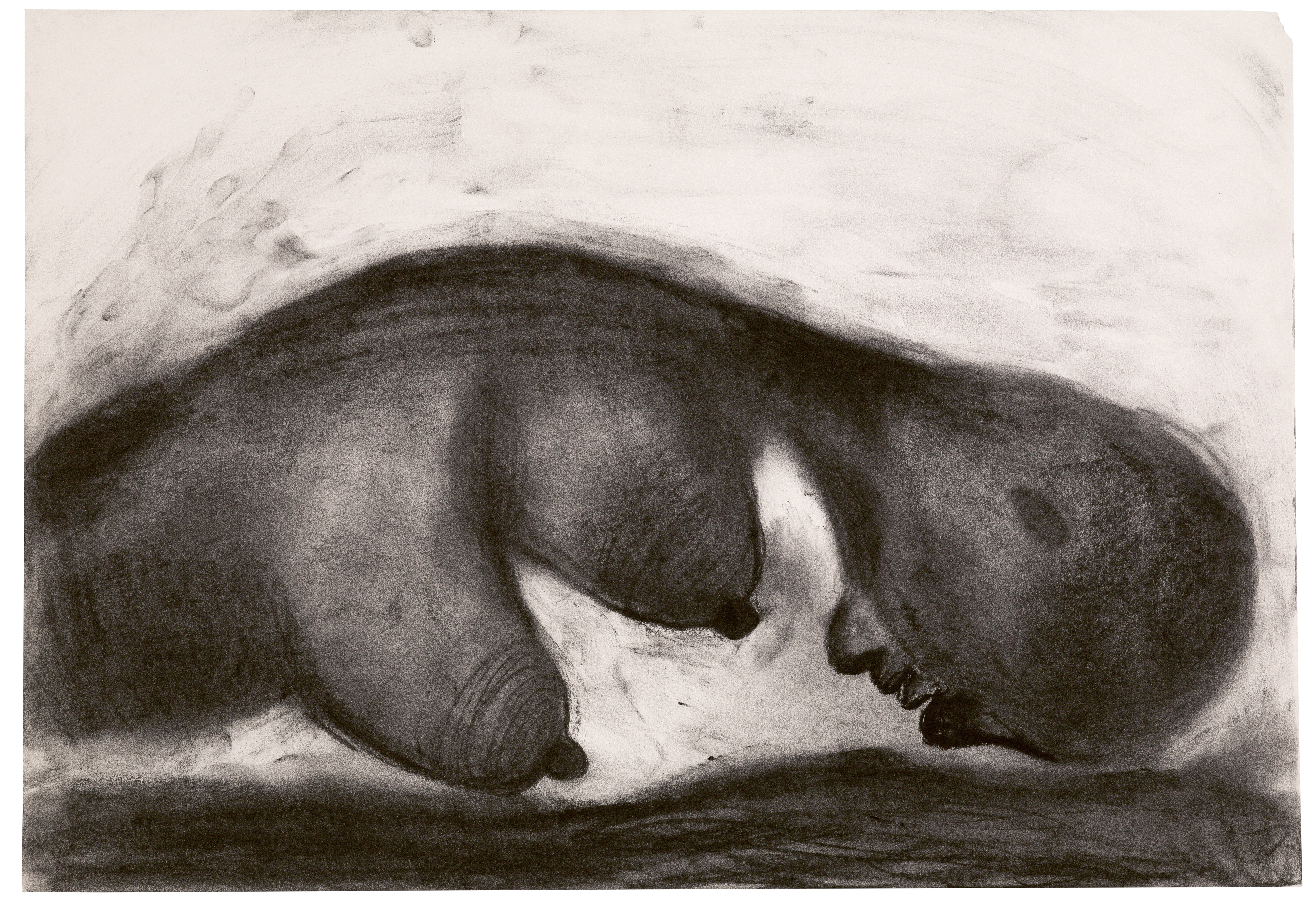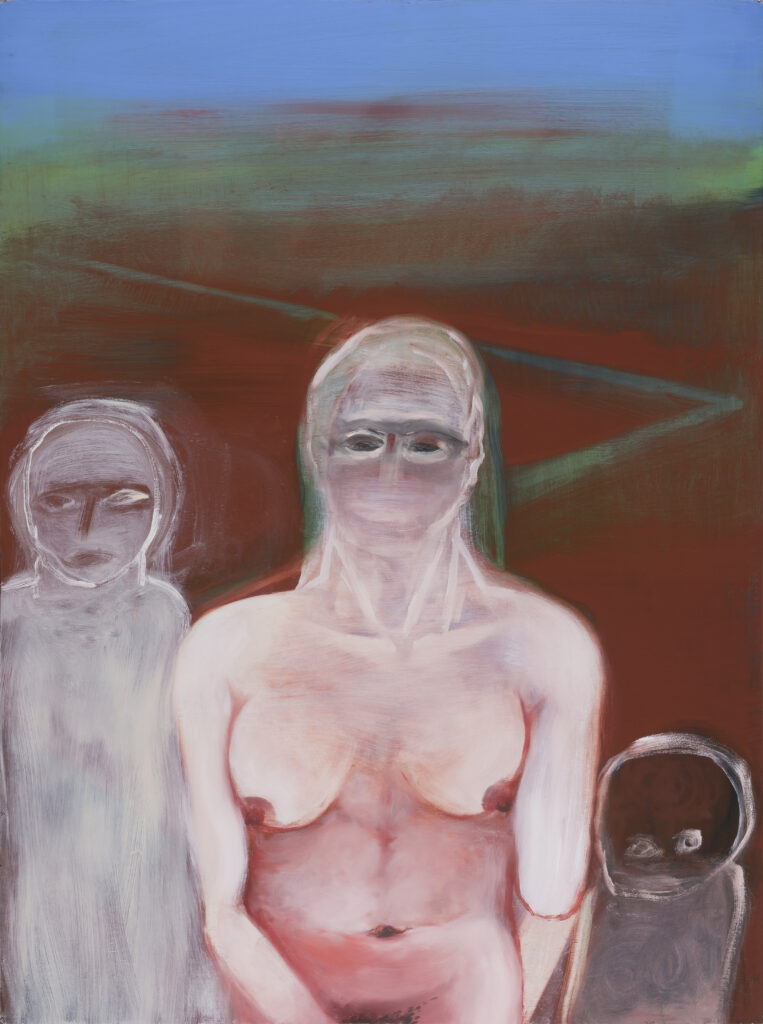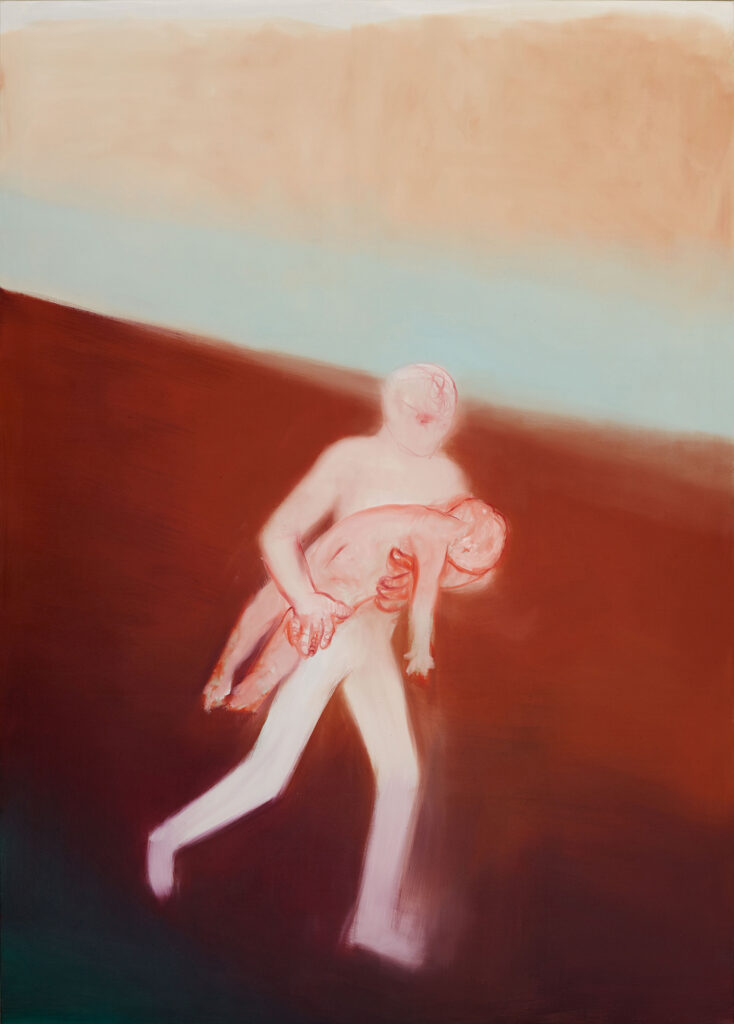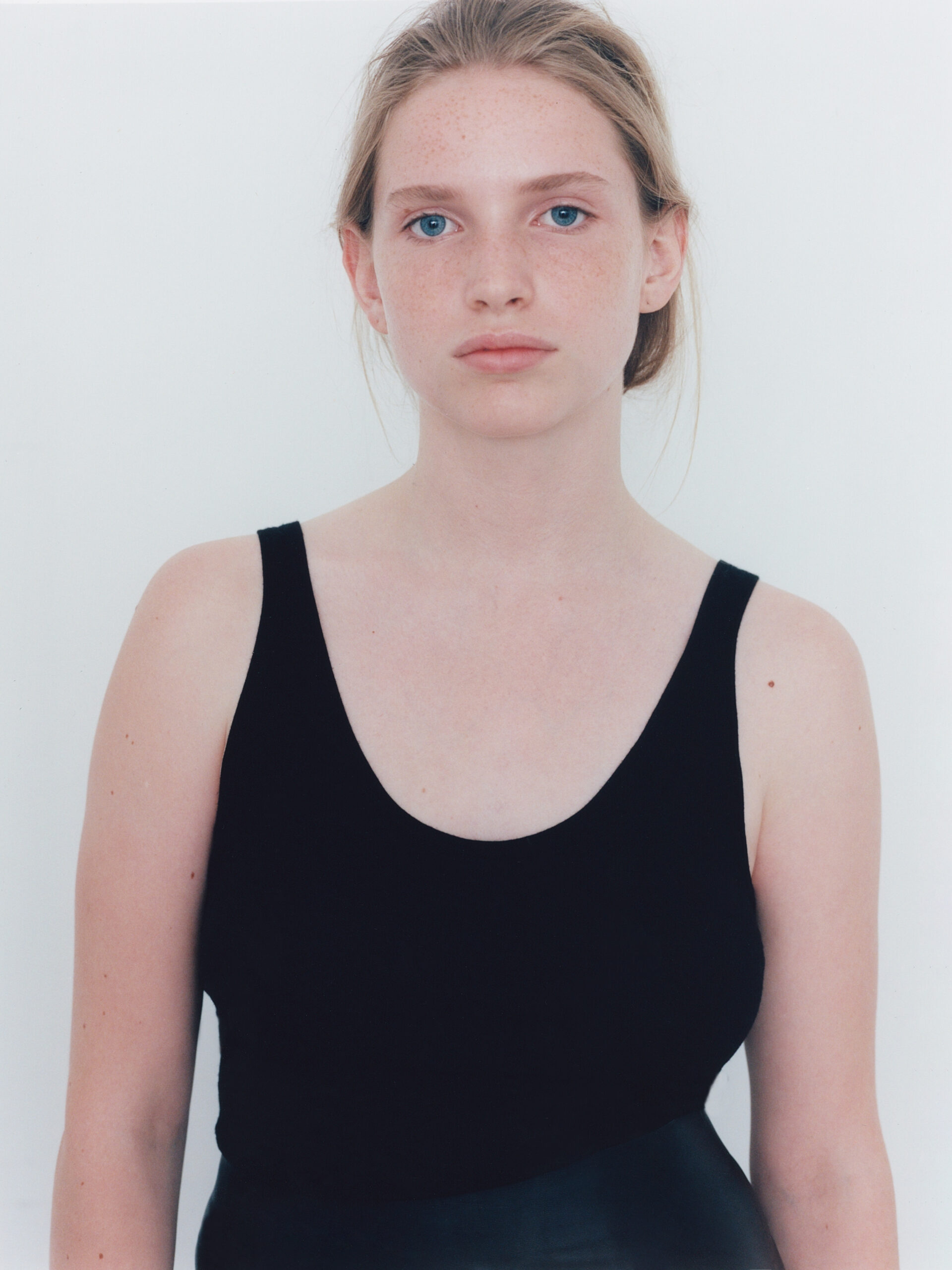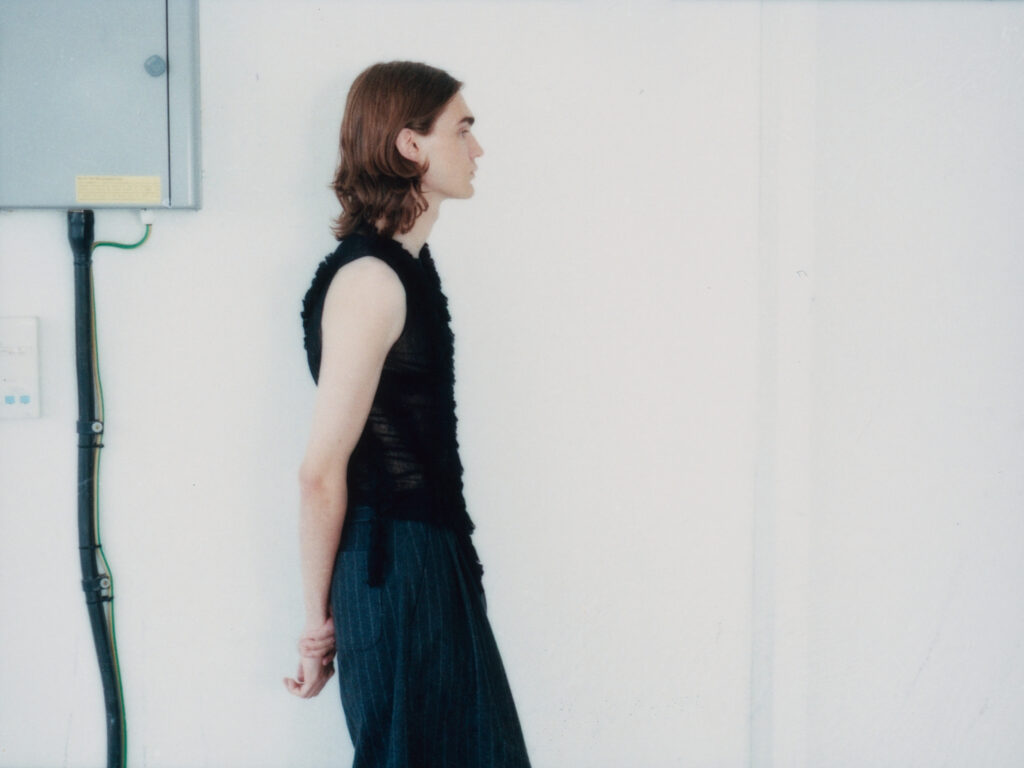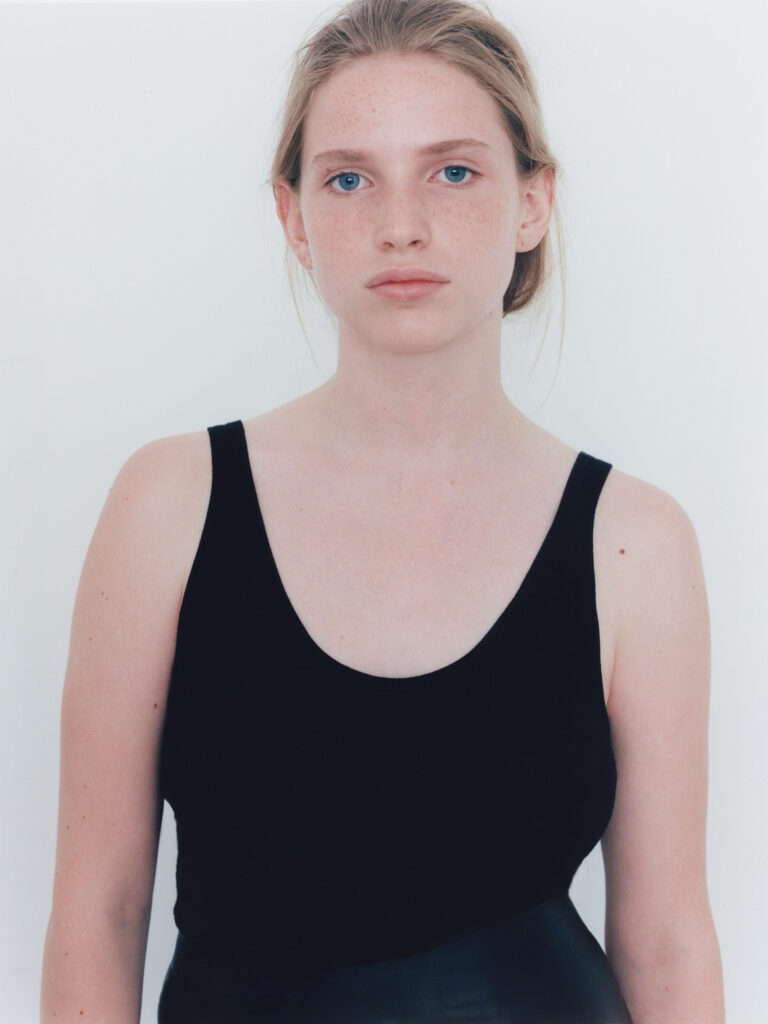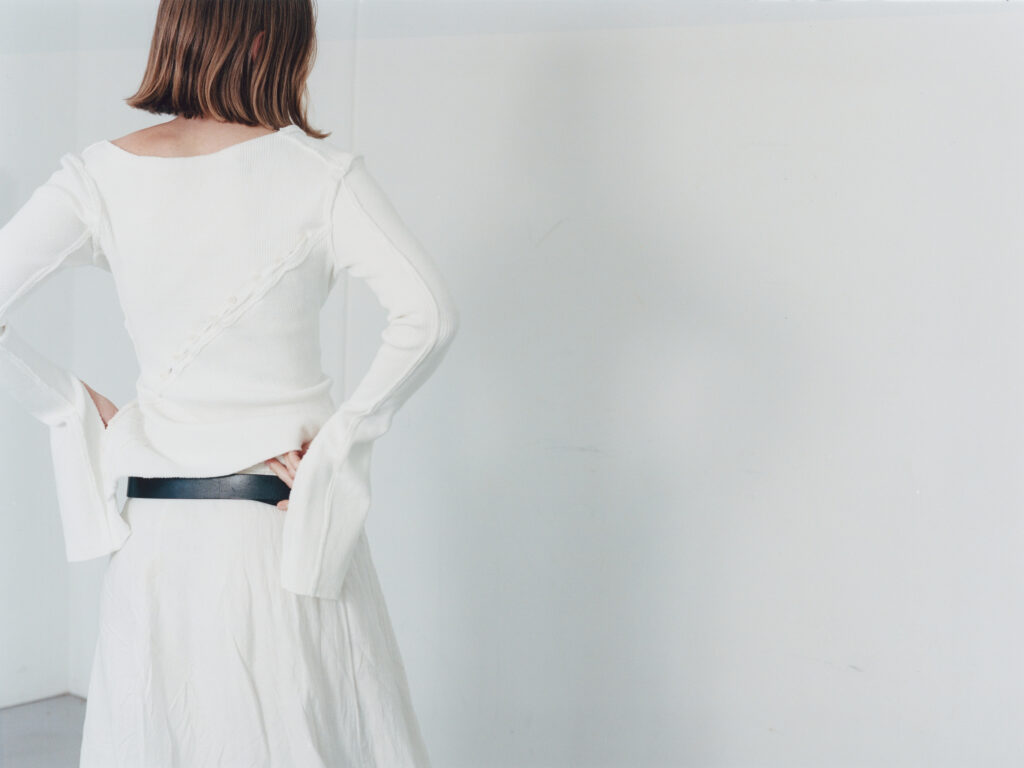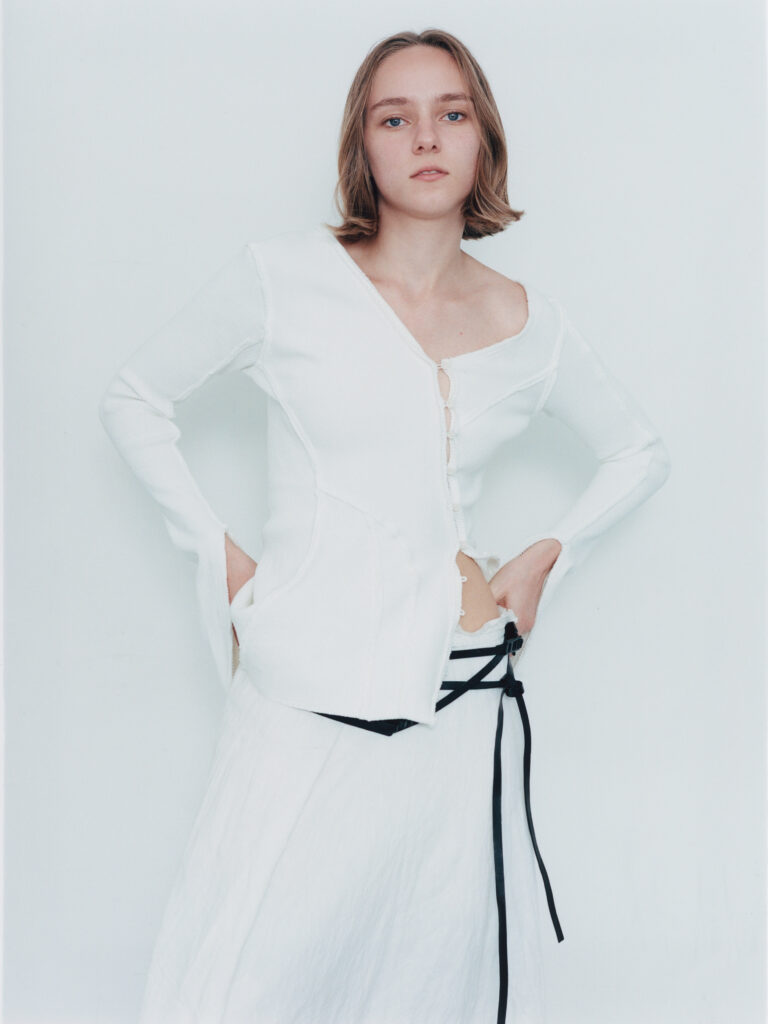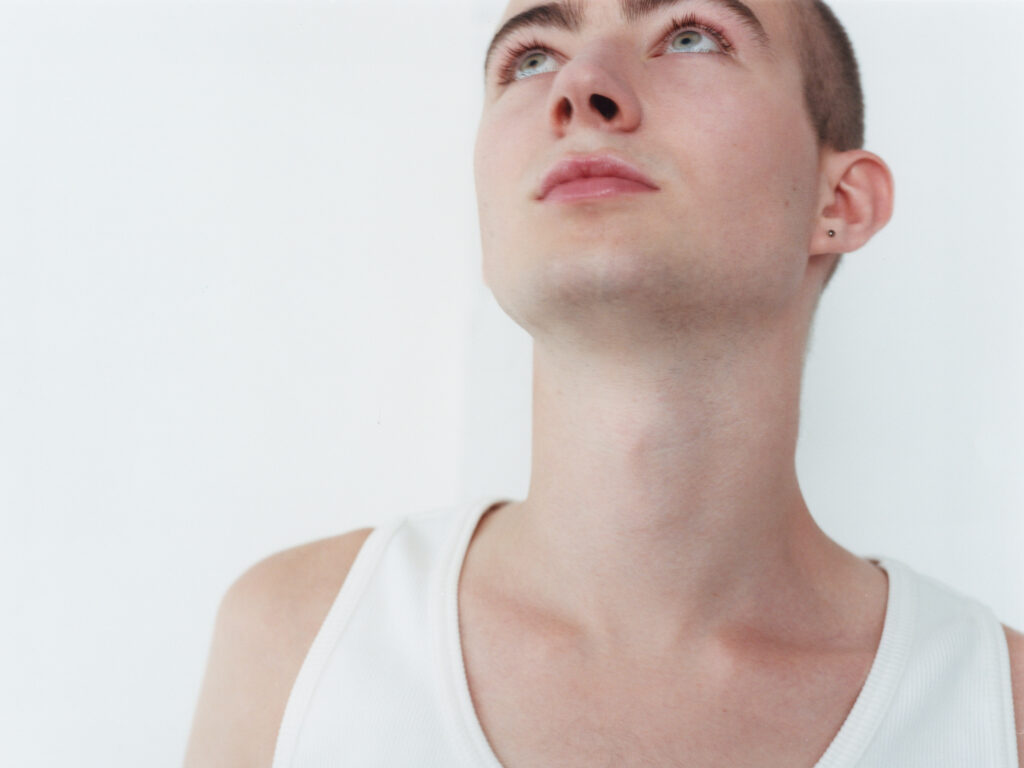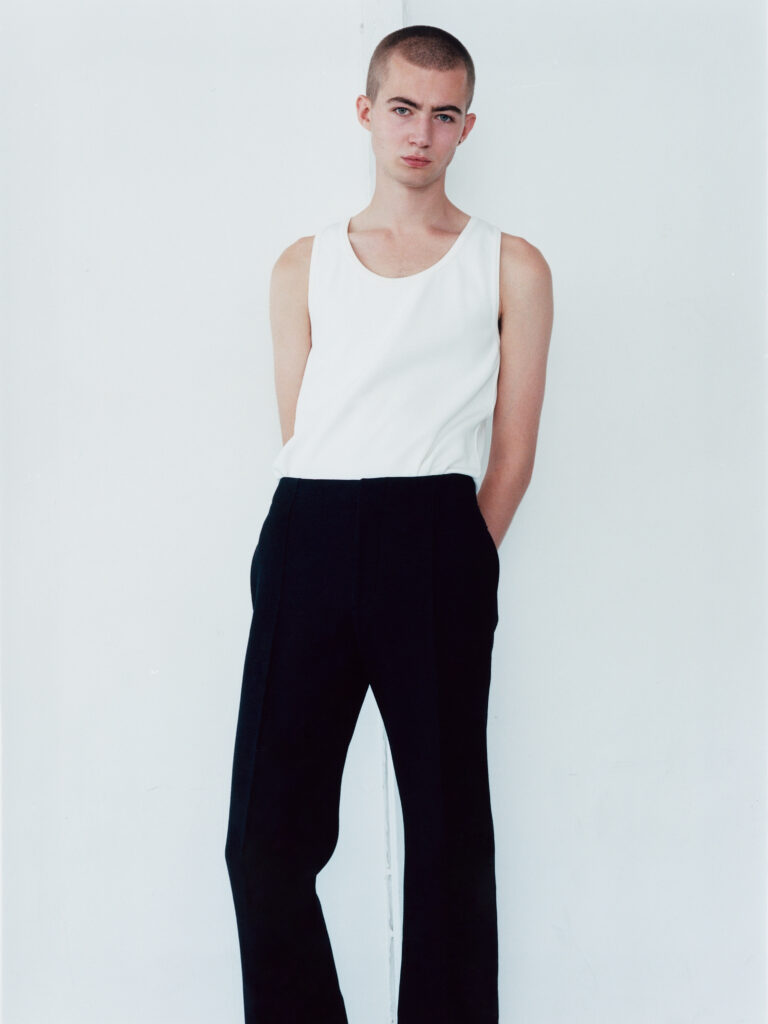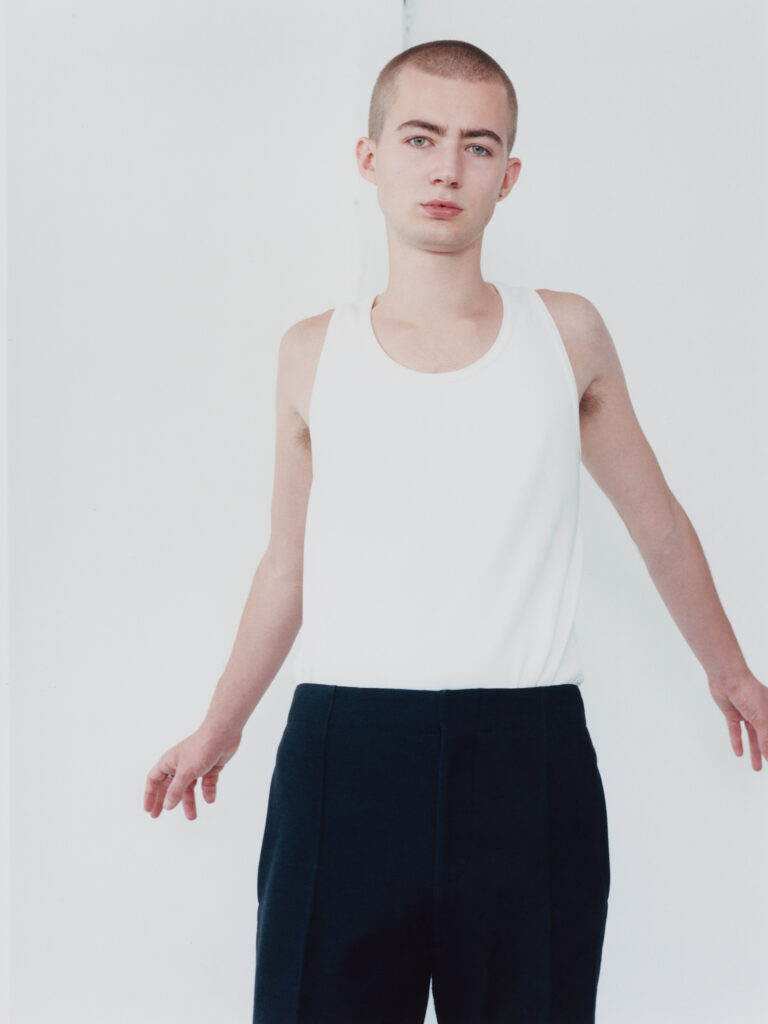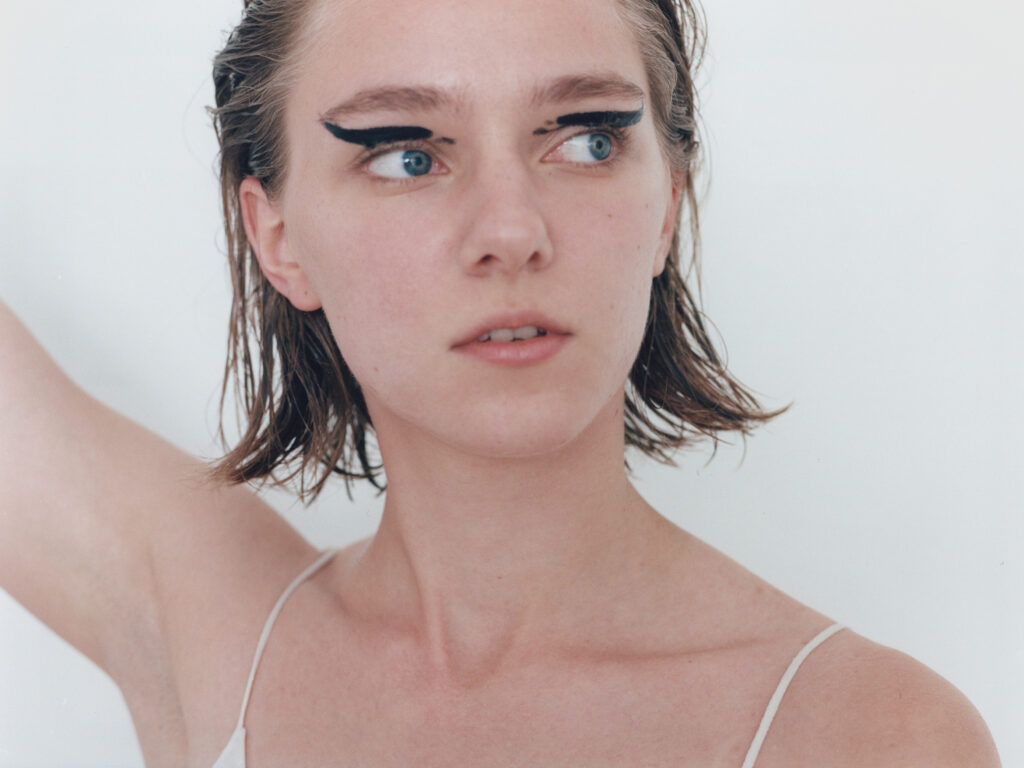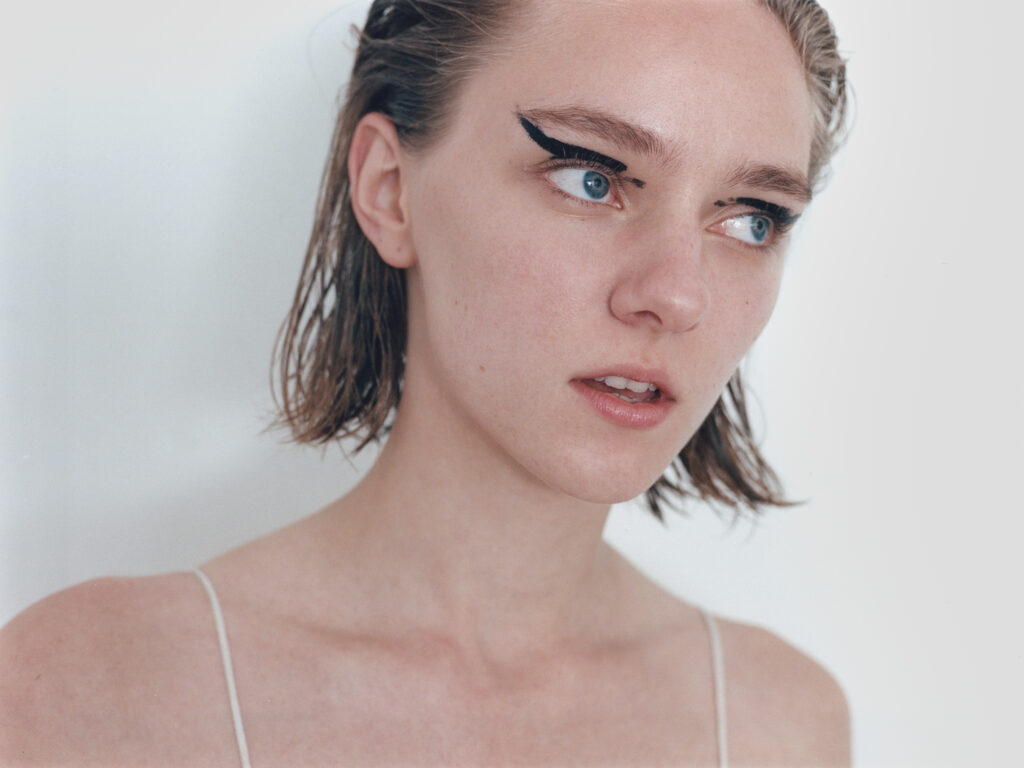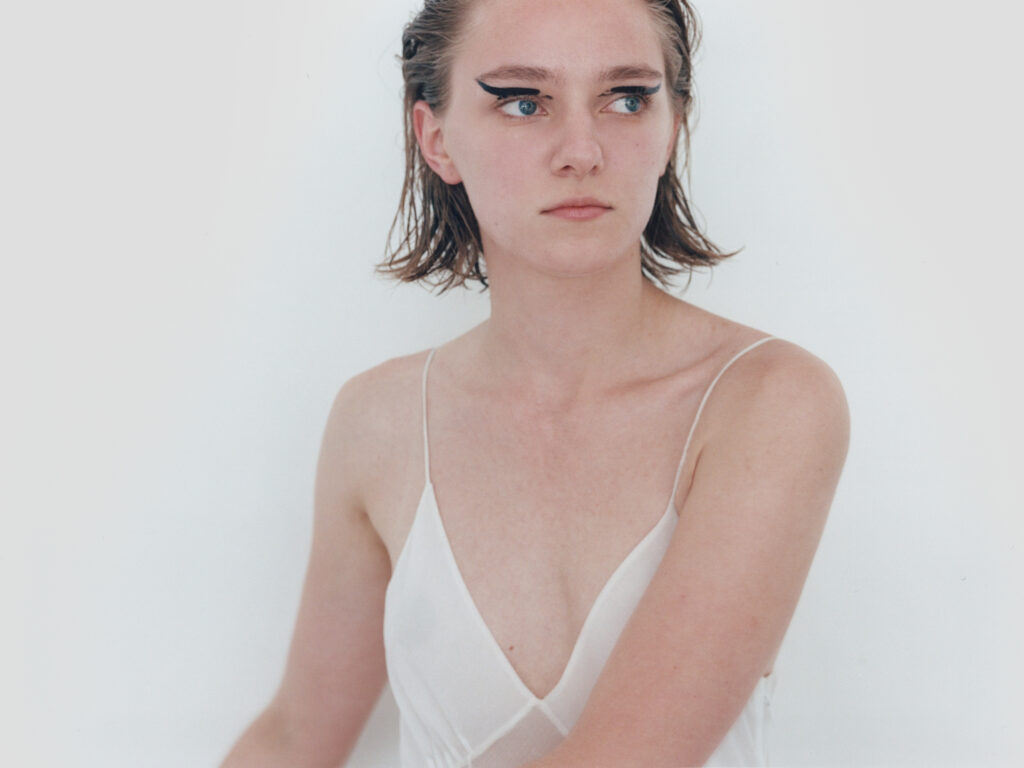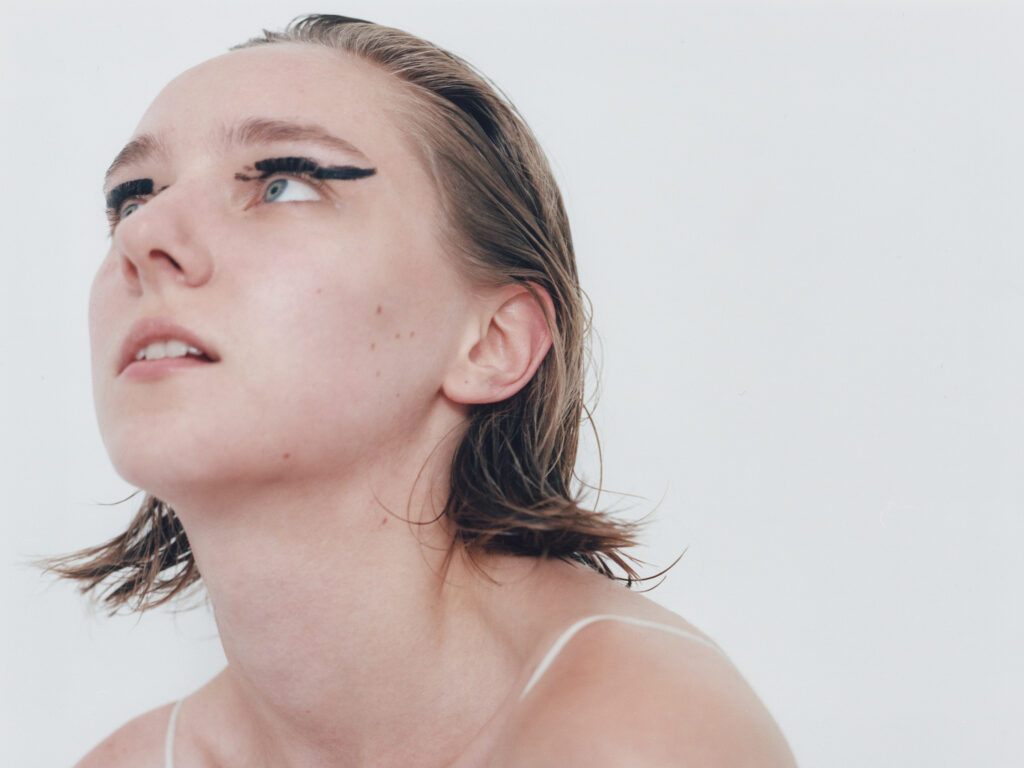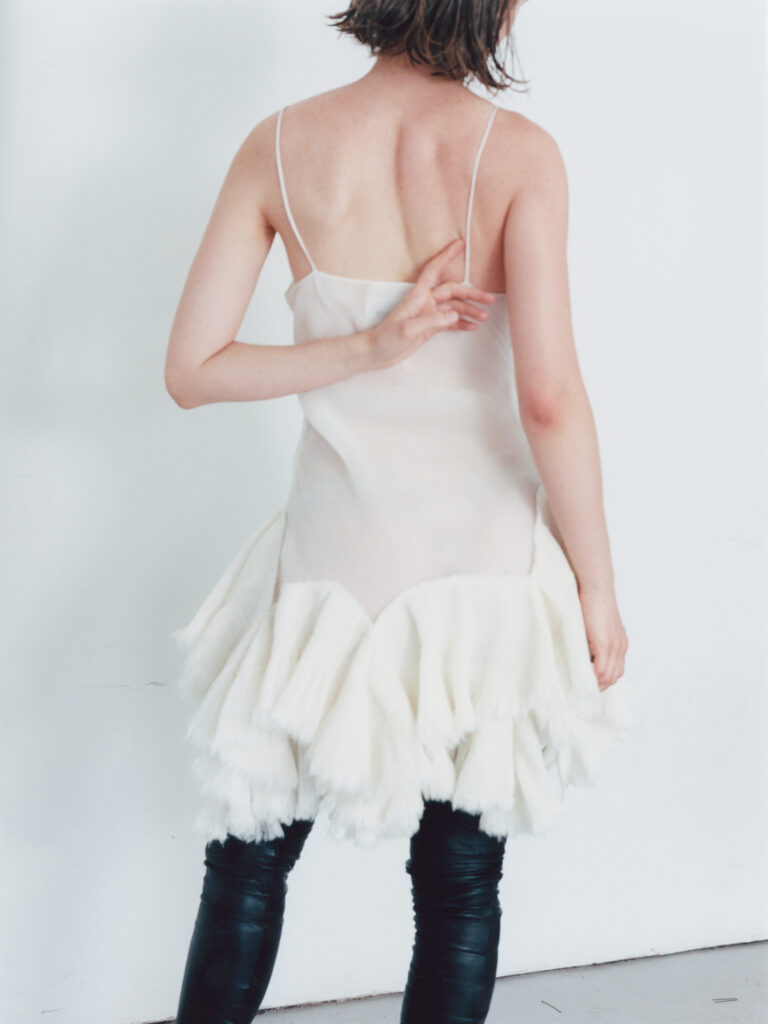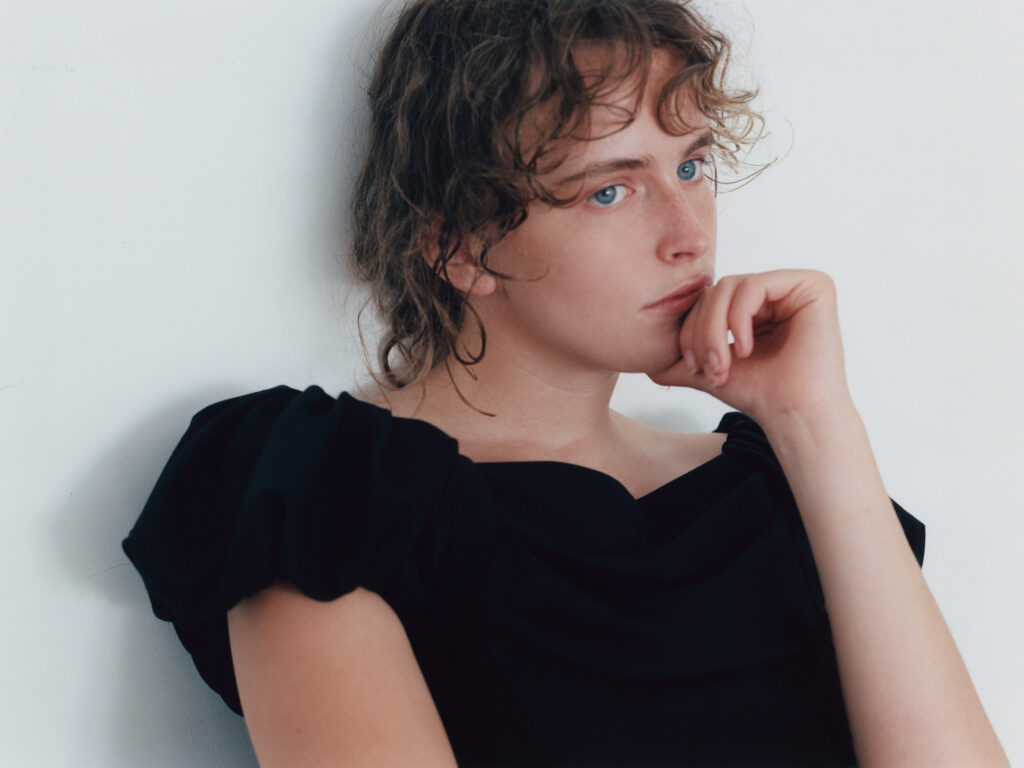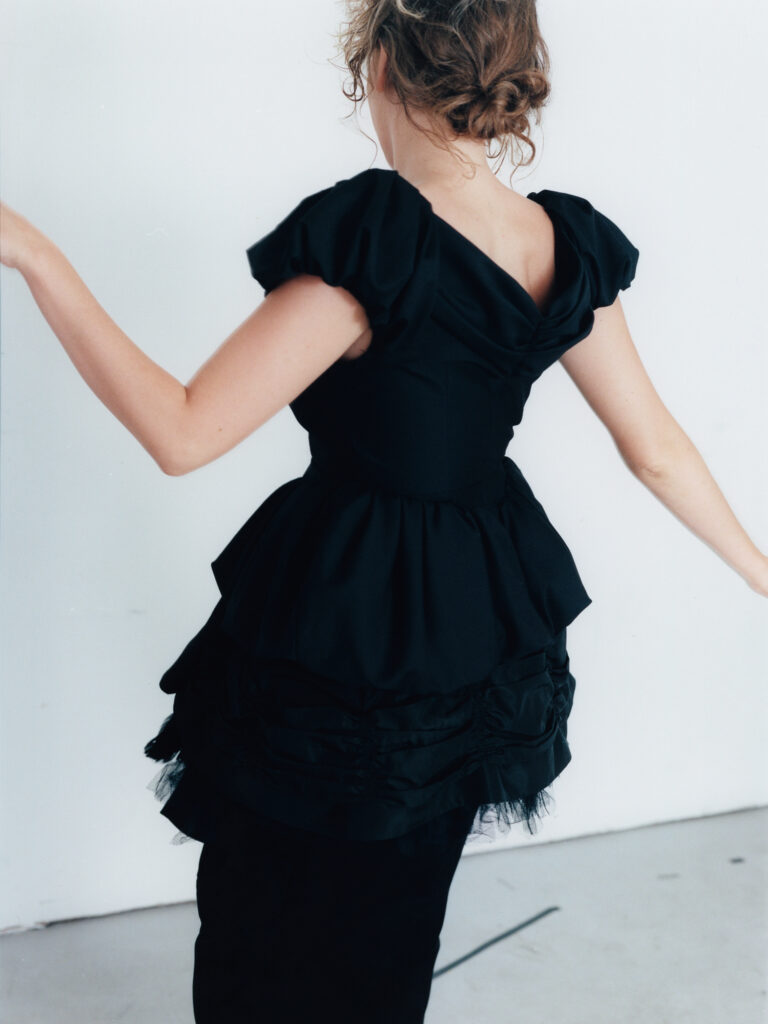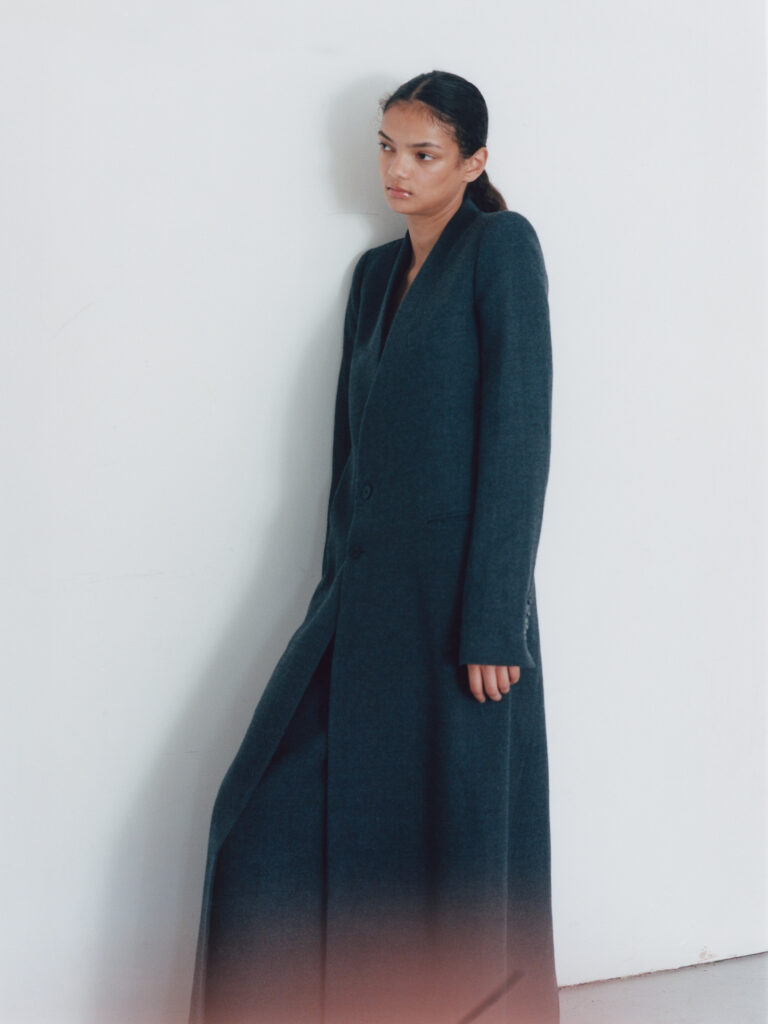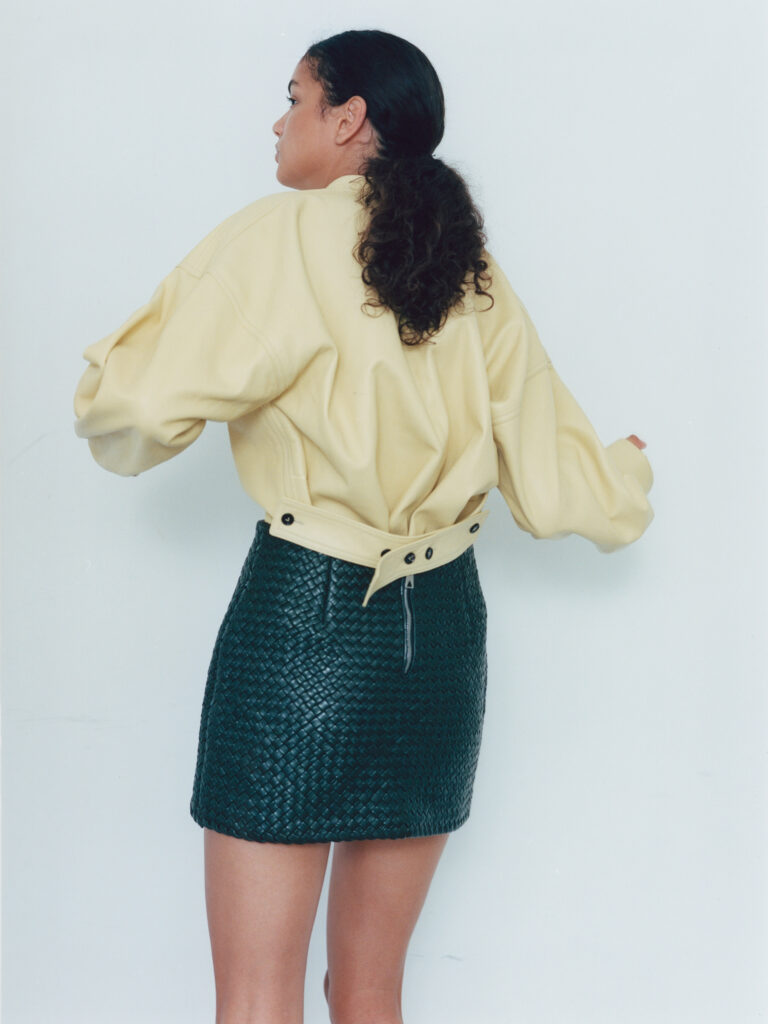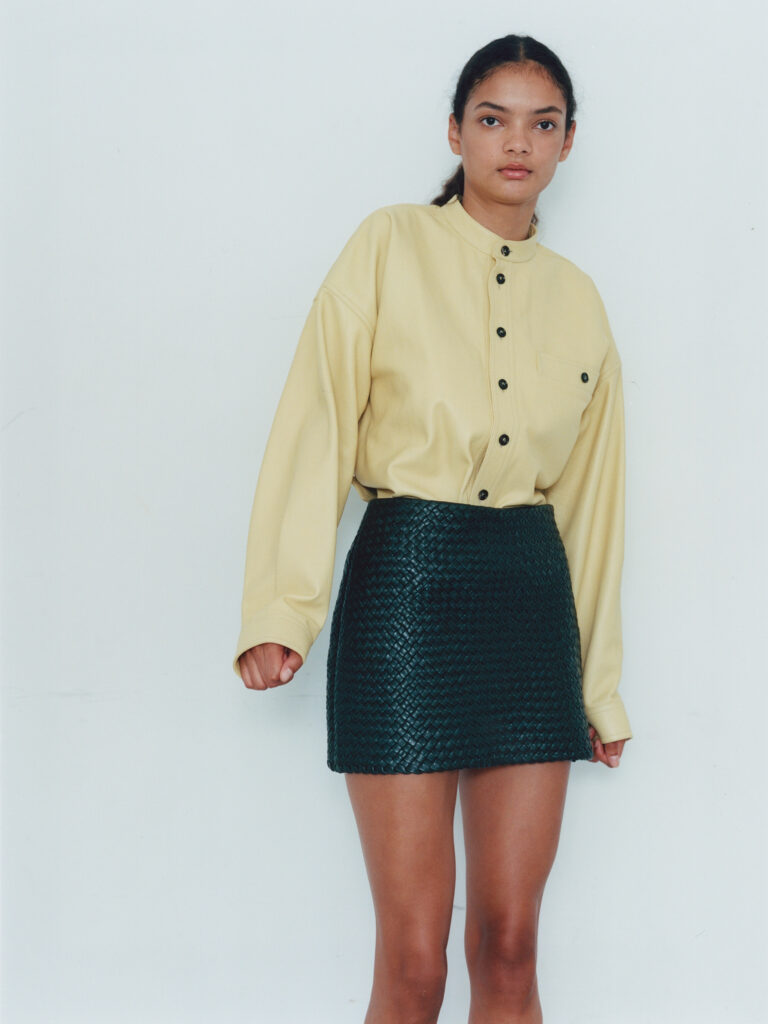
The Genesis of CLOUD
Paul Cournet, an architect and researcher based in Rotterdam, has carved a unique path in the world of architecture. From his formative years studying in Bordeaux and Paris to his tenure at OMA, where he played a pivotal role in diverse projects, Paul’s journey is one of exploration, creativity, and innovation. In 2022, he founded CLOUD, an international architecture, research, and design studio, marking a new chapter in his career. We had the privilege of sitting down with Paul to delve into his experiences, insights, and the fascinating intersection of architecture, education, and research.
Paul, thank you for joining us. Can you share with us the inspiration behind founding CLOUD, and what drives your vision for the studio?
Right after COVID I felt the world was in a different place. Honestly, COVID was a wake-up call for me. The world has been changing so rapidly in the past few years and I felt it was time for a different approach to architecture. An architecture driven by a new generation. I was also having so many conversations with so many inspiring people that, after a decade working at OMA*AMO, I thought it was the right time to start a new project – a multidisciplinary practice, at the intersection between architecture, research and design. This is how CLOUD was born. At CLOUD our interest lies in the materiality of architecture, both for its intangible as well as its tangible aspects, and the tension between them. We work on buildings as well as many other projects such as books, curation, scenography, and objects. We are currently working with clients such as the Stedelijk Museum Amsterdam for which we are renovating the public areas of the museum, furniture pieces for galleries and brands, a modular timber housing concept in Belgium, as well as self-initiated research projects exploring innovations in materials.
It’s fascinating how interconnected our paths can be. For six years, I had the opportunity to collaborate with AMO on several fashion projects while working through a creative studio. I’m intrigued to learn how your experience in that realm has shaped your perspective on architecture and research.
Originally I come more from the art side of things. When I was a teenager I used to spend my time painting murals in abandoned factories and train stations. This got me interested in architecture and cities. I then studied architecture in France in the early 2000s and it was a moment of cultural explosion thanks to the internet where all of a sudden it was really easy to download any kind of movie, music and book online from across the world. This really opened my mind. At this moment, Rem Koolhaas had just published his new book ‘Content’ (2004) and AMO was developing all kinds of research-based projects with exhibitions, lectures, and installations which appeared to me so inspiring as a practice, and radically different from the architecture scene in France at that time. So as soon as I could, I applied for an internship and started working there at the end of 2010. Today I am still very interested in the possibility of working at different scales. I see architecture in everything and I believe that you can make a point with a building as much as with a chair.

When discussing Rotterdam, a city I once called home, I always admired its ongoing social evolution and its uniquely pragmatic approach, distinct from other European cities. How do you envision Rotterdam evolving over the next decade?
Rotterdam has changed a lot in the last decade that is for sure but for me, it has been the perfect place to start an architecture studio for different reasons: It is still the largest harbor of Europe which has made the city truly embracing diversity in its history. The city is also still relatively affordable and is not yet overly-saturated compared to Amsterdam or other larger European cities. In short, it is still pretty easy and affordable to start a studio here. Our studio is located in one of the ‘antikraak’ buildings which allows us to rent a space way under the market value. There is also a lot of industry around the city making it easy to produce things with manufacturers locally. And to finish, Rotterdam is pretty much in the center of Europe which makes it central and well connected to Paris, Milan, Brussels, Amsterdam, London, for work. Also overall I love to be in Rotterdam because it is a city pretty much under the radar, and we can simply focus and work without being too distracted. But yes, indeed, the city is changing rapidly and I bet in 10 years the city will be very different.
Could you elaborate on the ‘Datapolis’ research project? I’m interested to learn more about its objectives and how it fits into the current architectural landscape.
Datapolis is a project I initiated at the architecture faculty of TU Delft in 2019 as a research and design studio with Negar Sanaan Bensi. The central question was trying to understand what the ‘CLOUD’ is and how it operates. You know, the ‘CLOUD’ is this thing that we talk about every single day when we send emails and photos to each other, order online, use social media platforms and work from home; but that we can’t grasp how it truly works nor where it is or what we should share or not with each other online regardless of time zones or political borders. The ‘CLOUD’ is a metaphor but also a reality. Our intuition was that this immaterial CLOUD is indeed made of a tangible infrastructure with a vast physical footprint on our planet – think for instance data centers, connected satellites, automated distribution centers, undersea internet cables and humanoid robots. This intriguing complexity made this project an urgent research for us considering the discussions on climate change and ecological footprints of this data infrastructure. As the university studio grew into a bigger project and we expanded the conversation outside of the school, we then turned the research into a DATAPOLIS book in June 2023. The project now continues in different forms and we are now working on a series of DATAPOLIS exhibitions that will open later in 2024.


The recent design week showcased your involvement in numerous activities. Although we didn’t get a chance to chat, I expressed my gratitude to Sabine, with whom you collaborated on the scenography for promoting design and culture during the AlUla opening. Could you share more about your role in this endeavour?
Sabine and I were invited to curate and design the scenography of Design Space AlUla for Salone del Mobile 2024 in Milan. The show presented the outcomes from the latest design initiatives in AlUla. Here we wanted to create an immersive experience to translate some of the magical features that one can find while visiting the oasis: the stargazing and the moonshine in the desert, the visit of the old town and the historical Hegra sites that we translated in different features for the exhibition, respectively: a suspended light box changing colors during the day, the ‘urban carpet’ painted on the floor of the basilica that organized the exhibition layout and the monumental entrance that opened the exhibition to the streets of Milan.


We also visited Capsule Plaza during design week, now in its second edition. What distinguishes this unique concept?
This year we unveiled the second edition of CAPSULE PLAZA, the design festival that I have co-curated with Alessio Ascari, and launched the third issue of CAPSULE, the design magazine. A hybrid between a fair and a collective exhibition, Capsule Plaza brings together designers and companies from various creative fields, bridging industry and culture with a bold and multi-sensory curation that spans interiors and architecture, beauty and technology, innovation and craft.
This year the event took over two iconic Milanese locations: Spazio Maiocchi and 10 Corso Como. What is really exciting is to be able to create projects between all of these different industries and create a collective experience under a single roof. On top of the exhibitions, we also curated a dense program of live activations with talks, dinners, performances, workshops etc during the whole week which allows us to program both the hardware as well as the software of the event. This year the event was sub-titled ‘Radical Sensations’ as for us design is much more than a bunch of chairs and sofas, and design should call to activate all our senses.


As a guest teacher and lecturer across various universities in Europe, how do you approach educating the next generation of architects?
The world is changing rapidly and therefore education should also rethink completely how it operates more than ever. I have seen so many schools that claim to think outside of the box and promote a free and utopian thinking for their students but when you look at academia, they operate in a complete echo chamber. At the end of the day, they are the box. The relationship of ‘master and slave’ between students and professors should completely be abolished and schools should operate in a more collaborative process. There are some great examples in the past, look at Black Mountain College for instance. Education should be horizontal. We should also impose on anyone with a professional activity to go back to school every 5 years for a semester for instance. It would really change the dynamics for the better I think.
It might seem like a straightforward question, but I believe that our deepest passions often drive us to explore research and undertake projects. Can you share a situation or project where your emotions played the most significant role?
Just quit the job that you had built for over a decade with a stable position and all the benefits that goes with it. Call it quit on Friday and jump into the void. Start your own studio with no masterplan in mind, just because you have this feeling this is the right thing to do that day and that you believe something positive will come out of it. Focus on creativity and surround yourself with people that are smarter than you. Just take that risk …


Fifty-two years ago, the Club of Rome issued its seminal report, ‘The Limits to Growth,’ alerting the world to the finite nature of our planet’s resources. As an architect and researcher, could you share your perspective on what has been achieved in the past five decades and what remains to be addressed? Most importantly, what steps should we be taking now?
Architects are probably the best at giving lessons, but also probably the worst at taking them. Over the last 100 years, the modern movement embraced industrialization in the name of standardization and cost efficiency without taking into account the costs their actions would have on our planet. Today, the construction industry is one of the most polluting industries. If you look at any city in the world today, we still build architecture using almost exclusively concrete and steel. We are so short sighted that any of our buildings are fully climatized and contemporary architecture has become disposable in 90% of the cases. Architecture has lost any meaning for our society. We need to create a world based on new radical regulations where architecture has become non-extractive, where our cities produce more energy that they consume and where our society truly coexists with the environment. We also need less things and focus on quality instead. Only then we will be able to claim that we have properly read the Club of Rome’s report and learnt our lessons …
In order of appearance
- CLOUD / Studio Sabine Marcelis. Design Space AlUla. Milan Design Week 2024. Photography by Alejandro Ramirez Orozco. Courtesy of CLOUD.
- Paul Cournet. Photography by Nikola Lamburov. Courtesy of Paul Cournet.
- Datapolis: Exploring the Footprint of Data on Our Planet and Beyond, Paul Cournet, Negar Sanaan Bensi. Published by nai010 publishers, 2023. Photography by Riccardo De Vecchi.
- CLOUD / Studio Sabine Marcelis. Design Space AlUla. Milan Design Week 2024. Photography by Alejandro Ramirez Orozco. Courtesy of CLOUD.
- CLOUD / Studio Sabine Marcelis. Design Space AlUla. Milan Design Week 2024. Photography by CLOUD. Courtesy of CLOUD.
- niceworkshop. Capsule Plaza. Milan Design Week 2024. Photography by CLOUD. Courtesy of CLOUD.
- Panton Lounge. Capsule Plaza. Milan Design Week 2024. Photography by CLOUD. Courtesy of CLOUD.
- LC2 Chair. Paul Cournet. Photography by Titia Hahne. Courtesy of CLOUD and Titia Hahne.
- Barcelona Foam. Paul Cournet. Photography by Titia Hahne. Courtesy of CLOUD and Titia Hahne.















